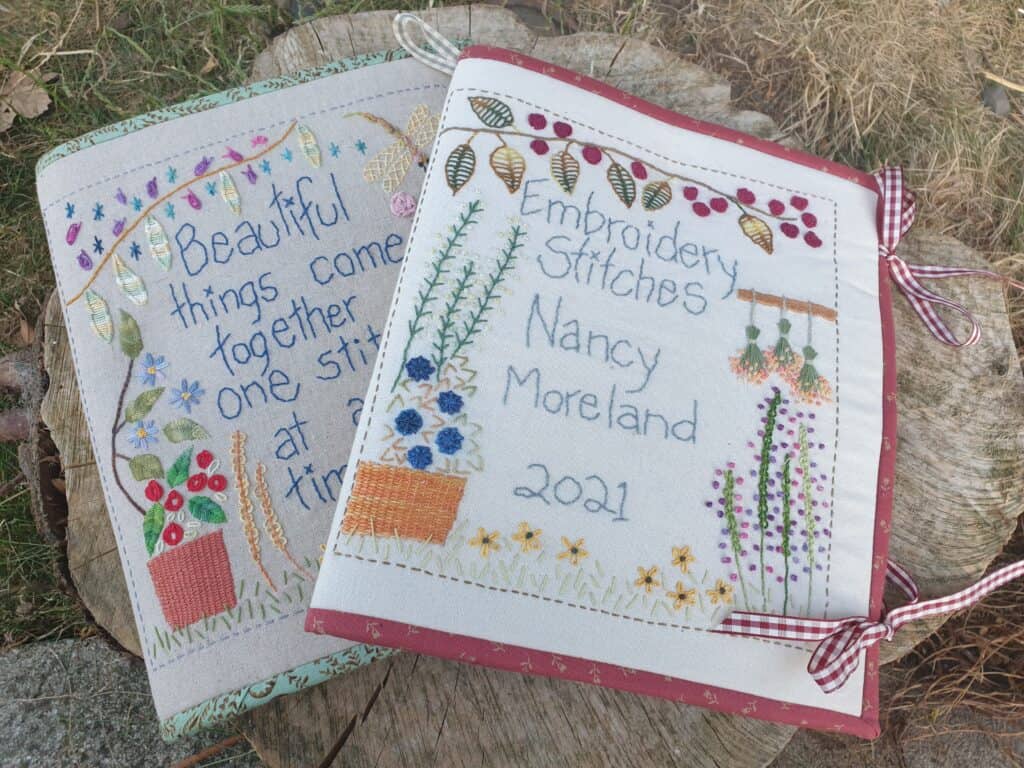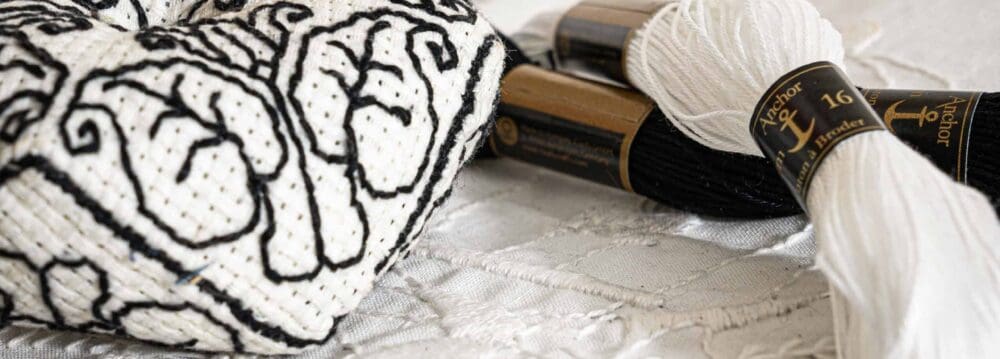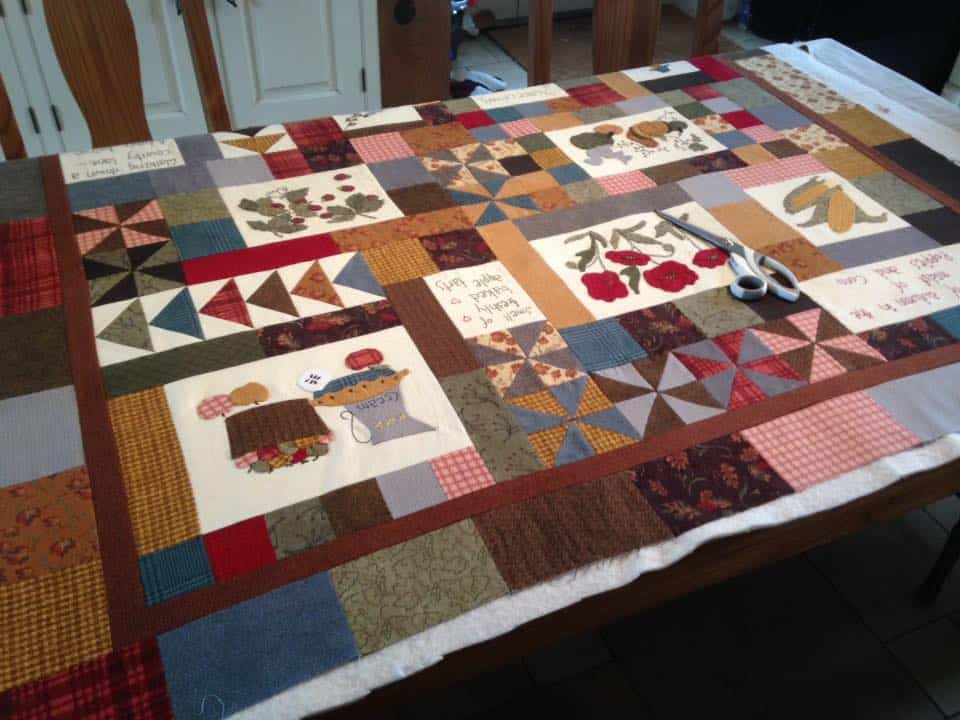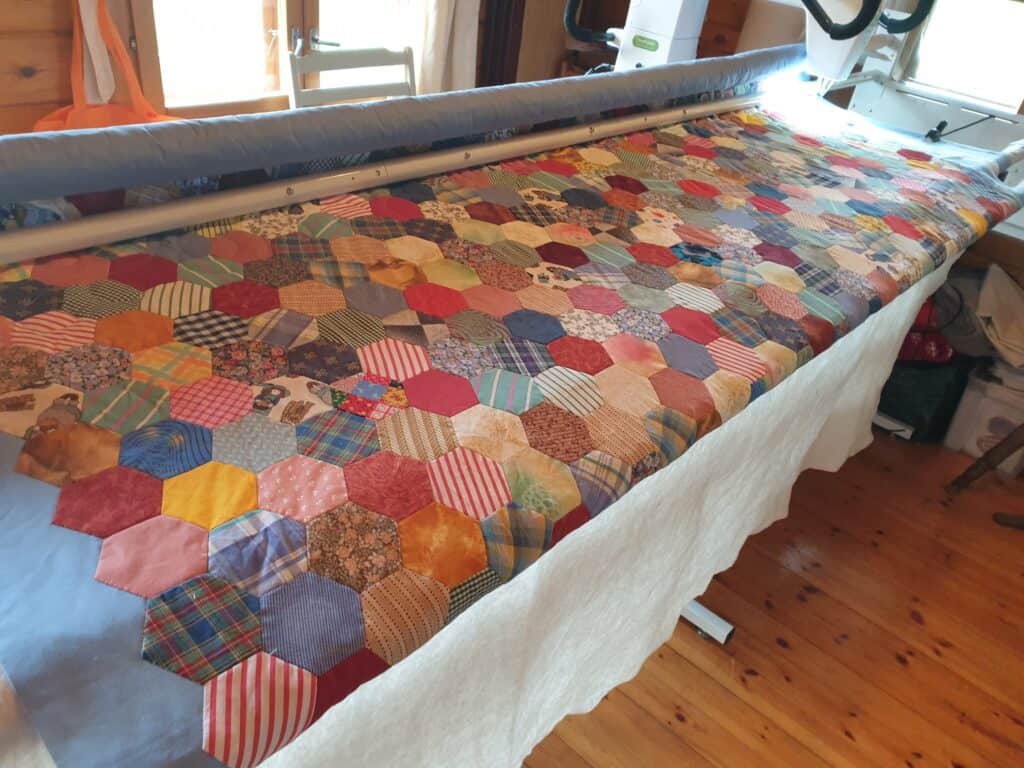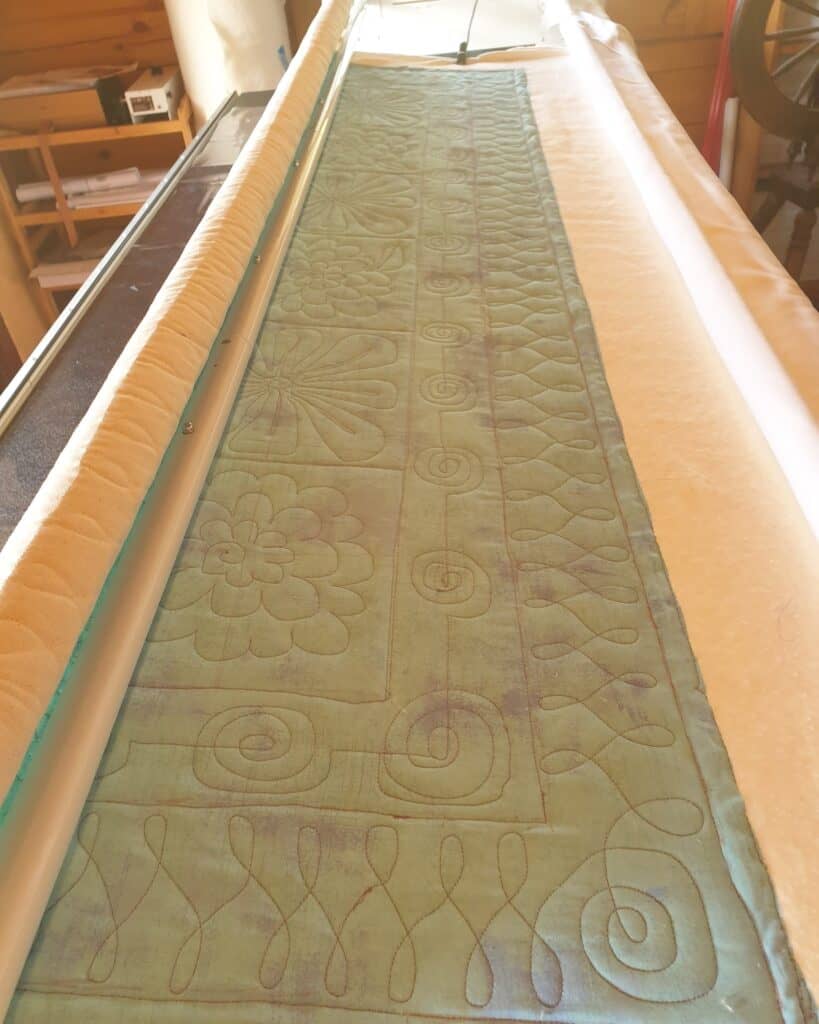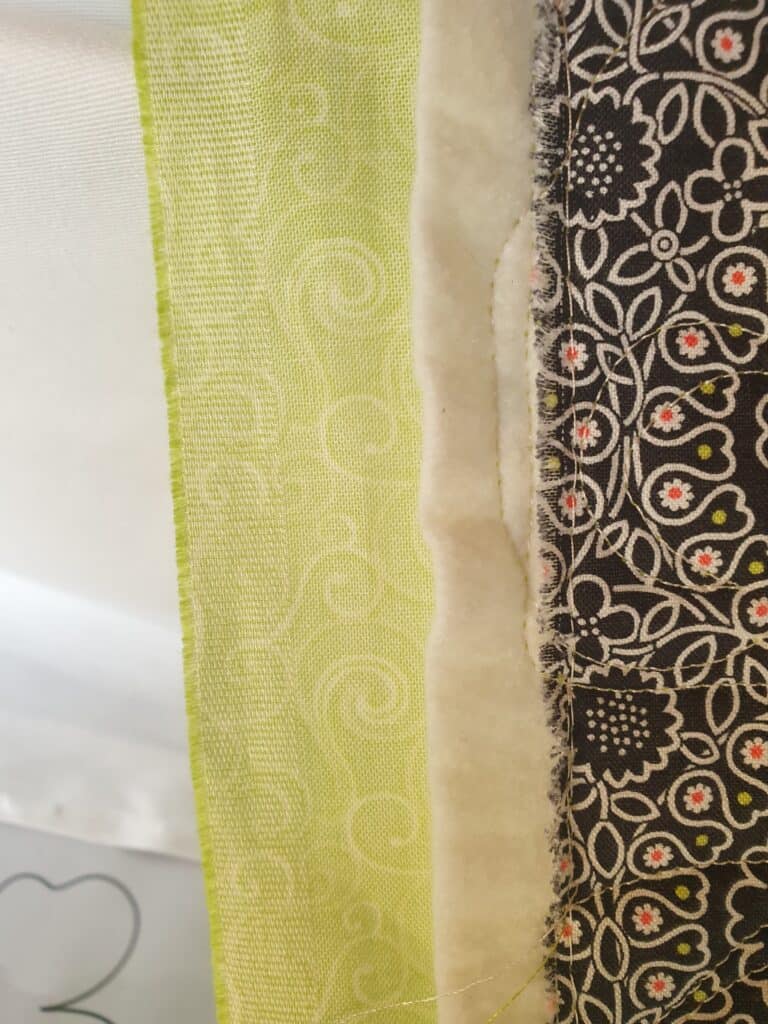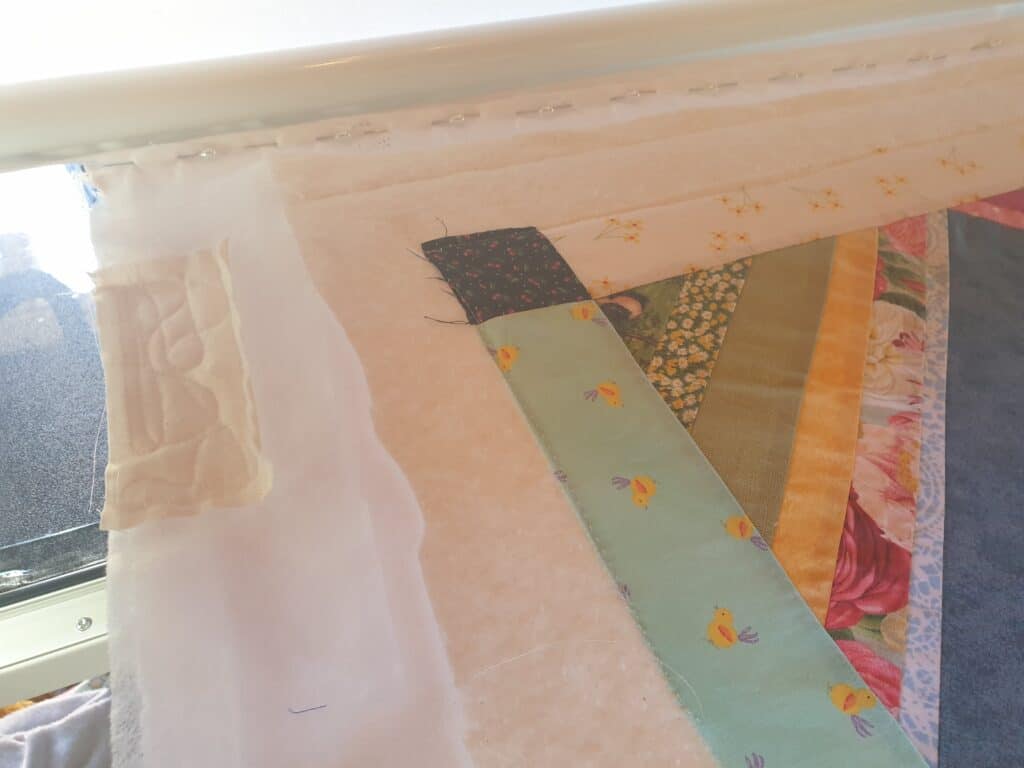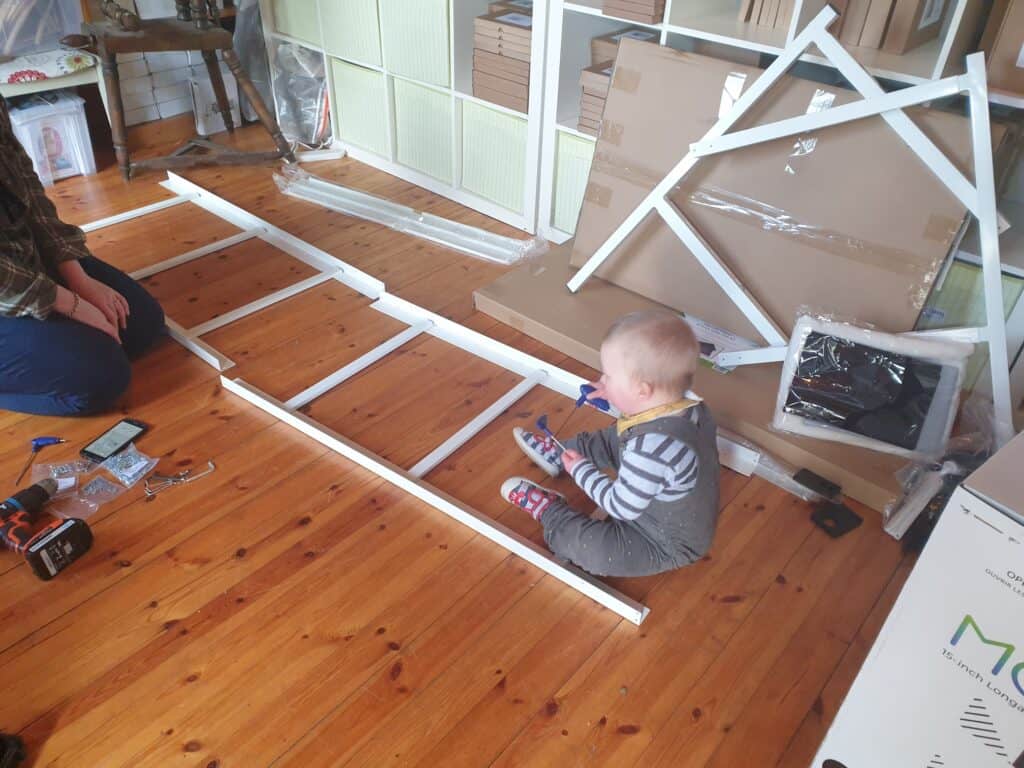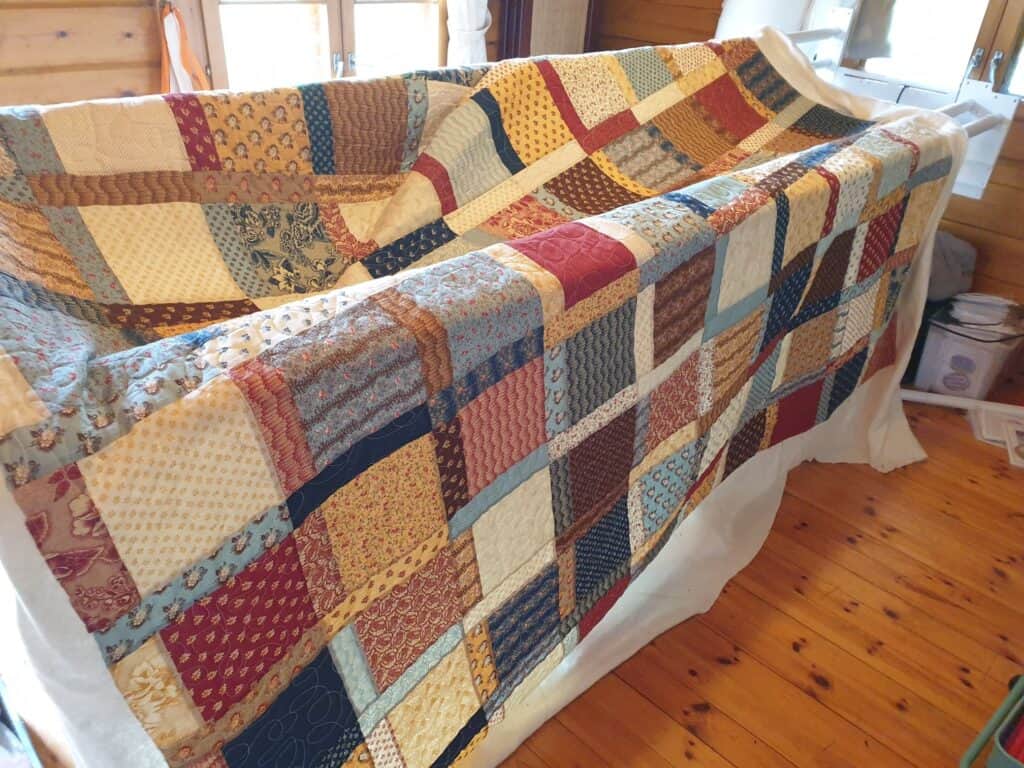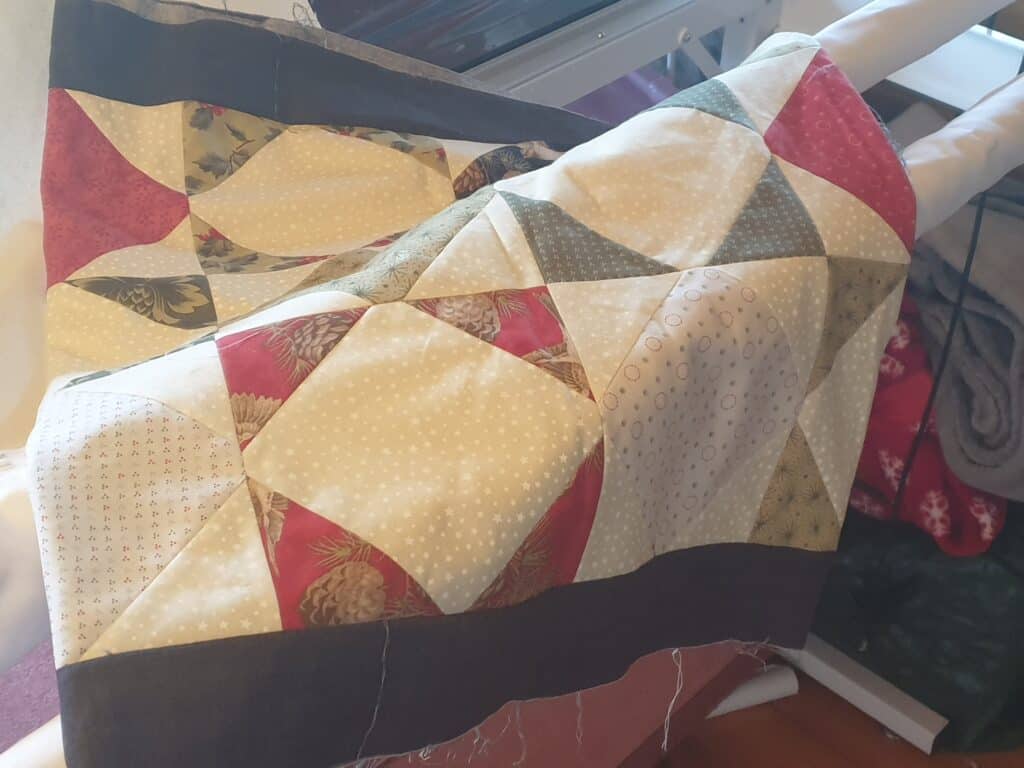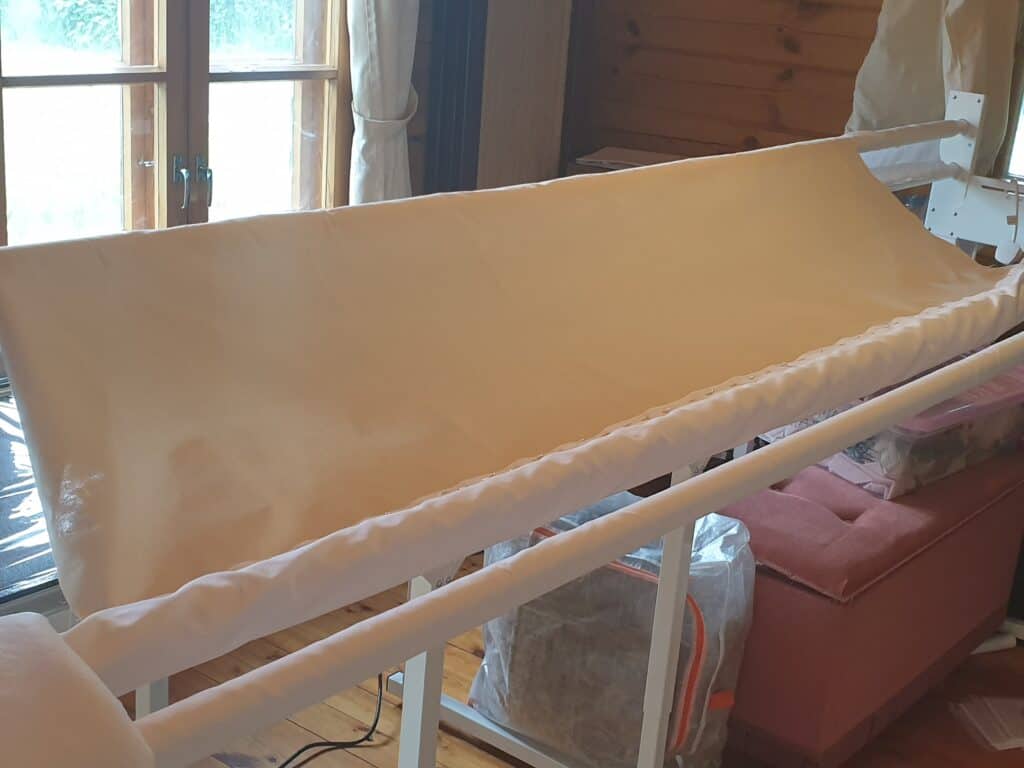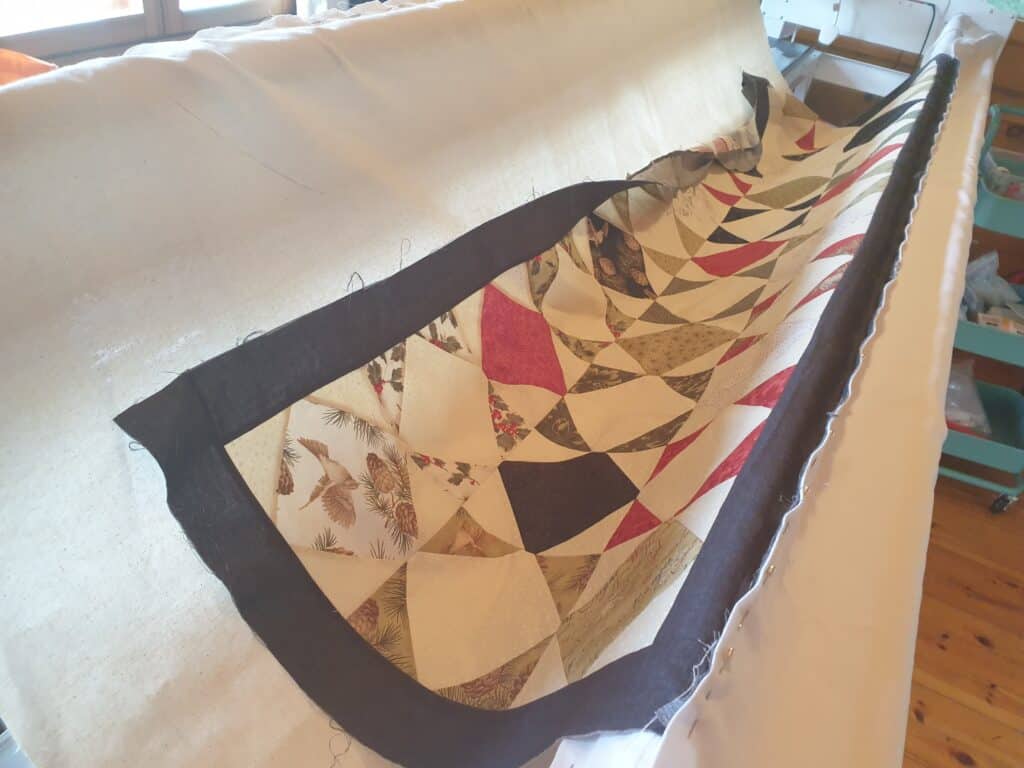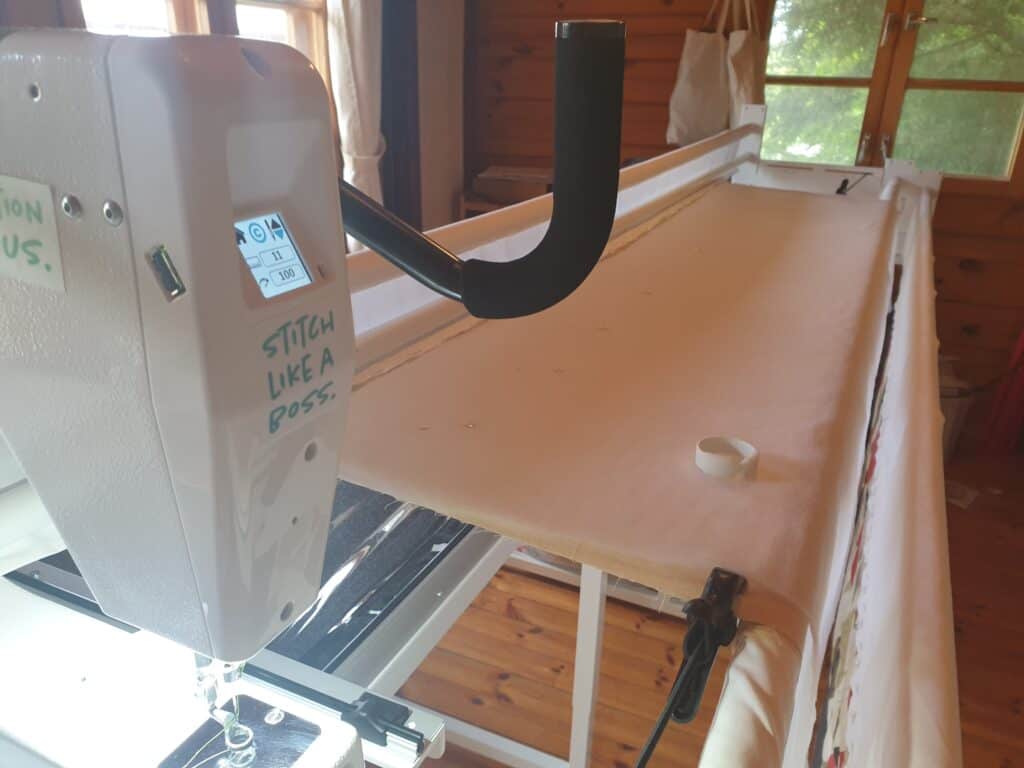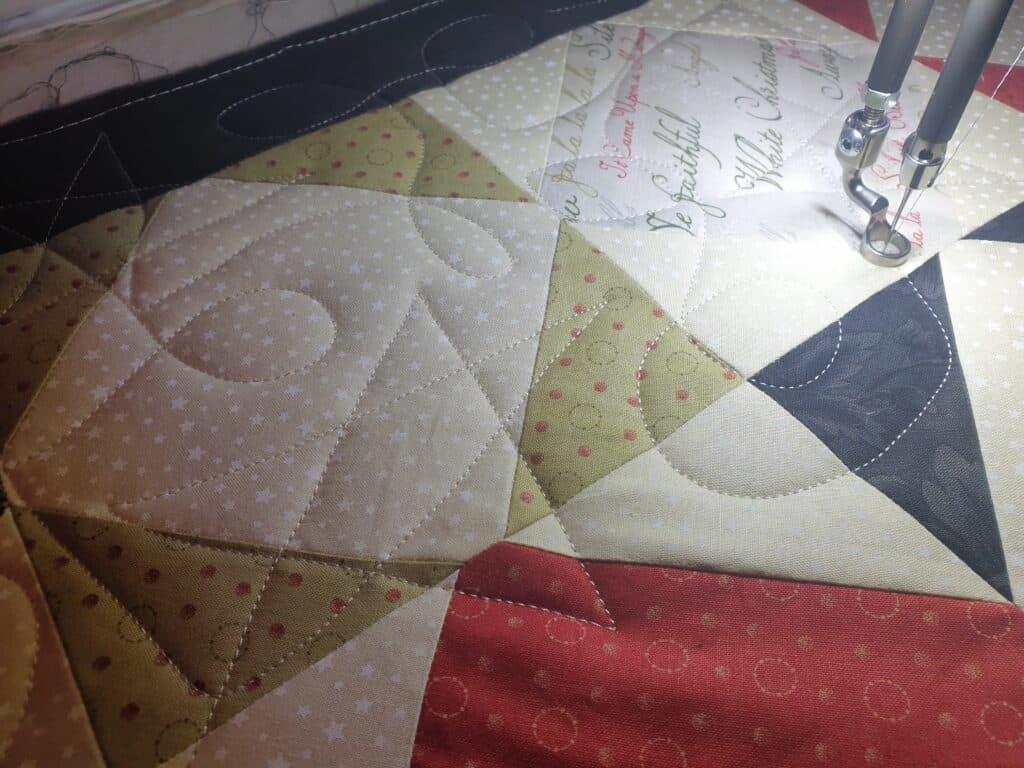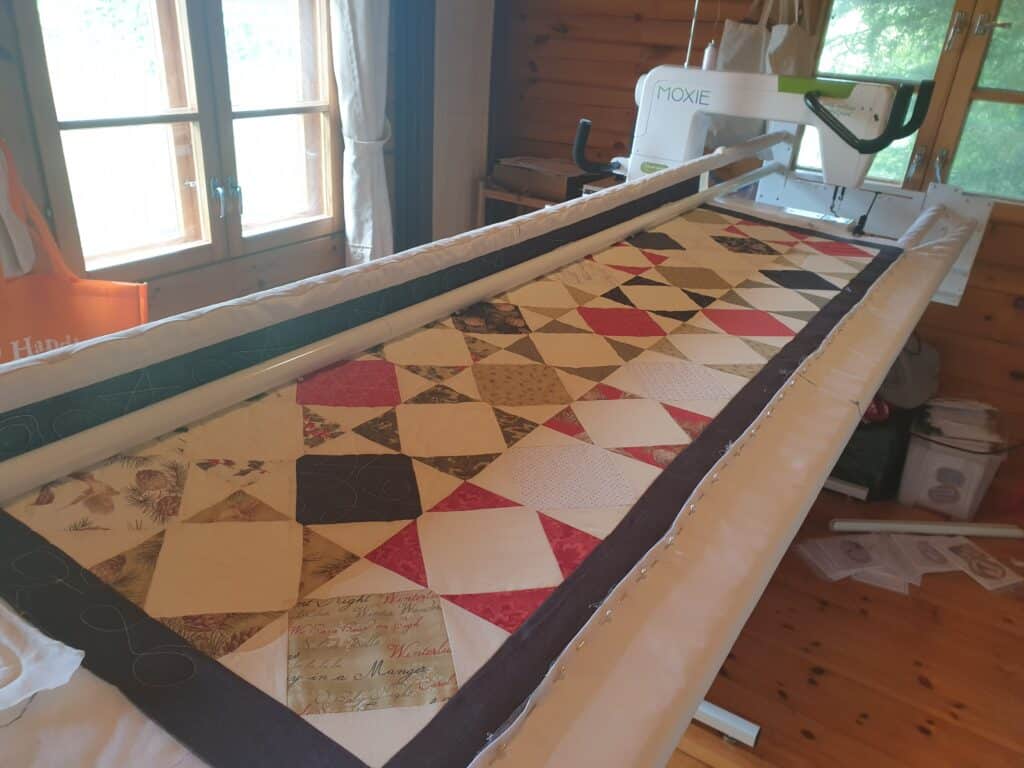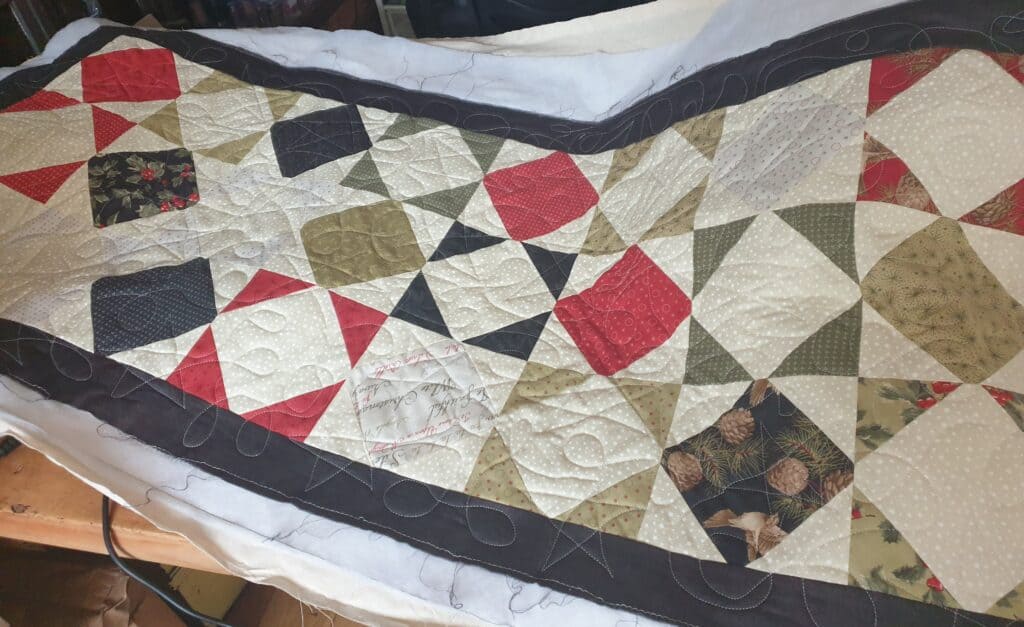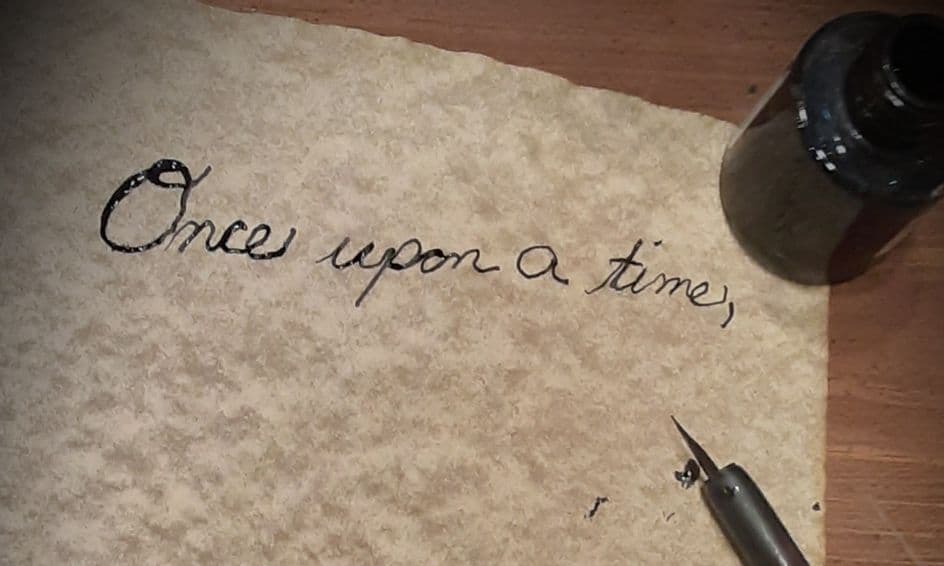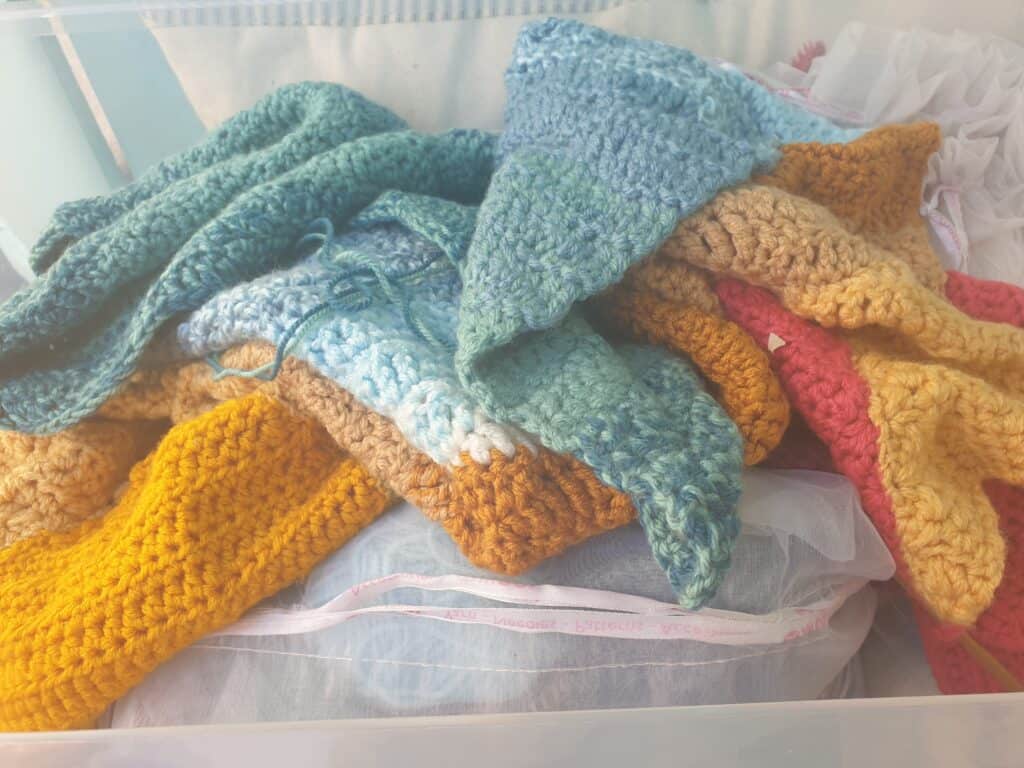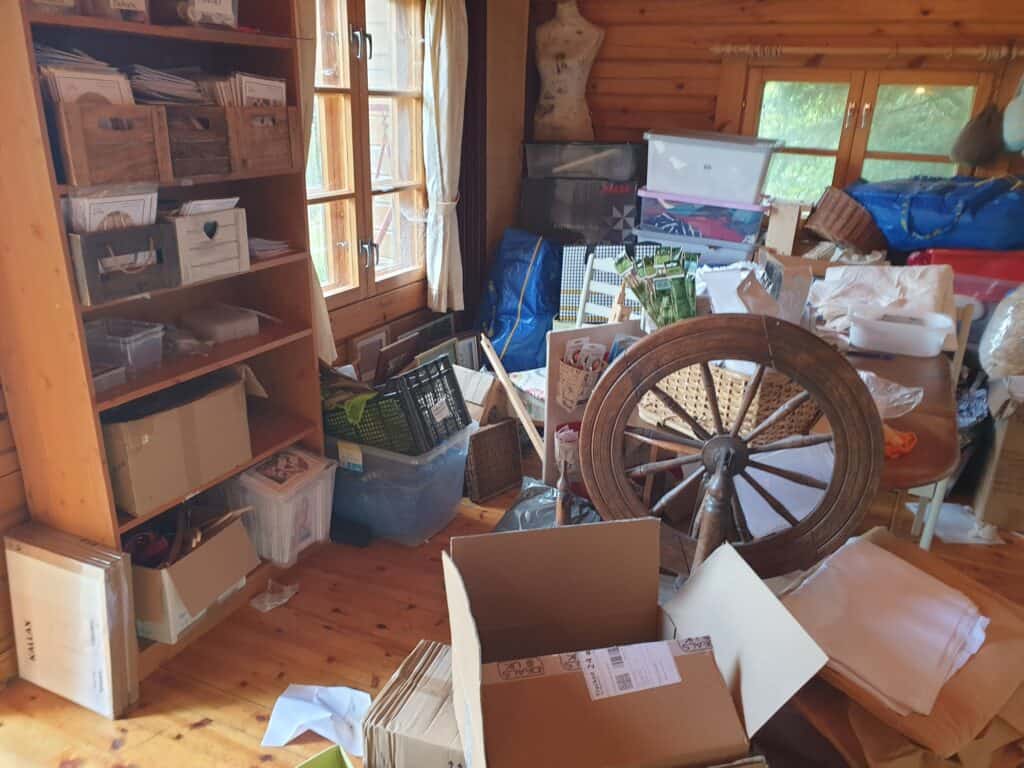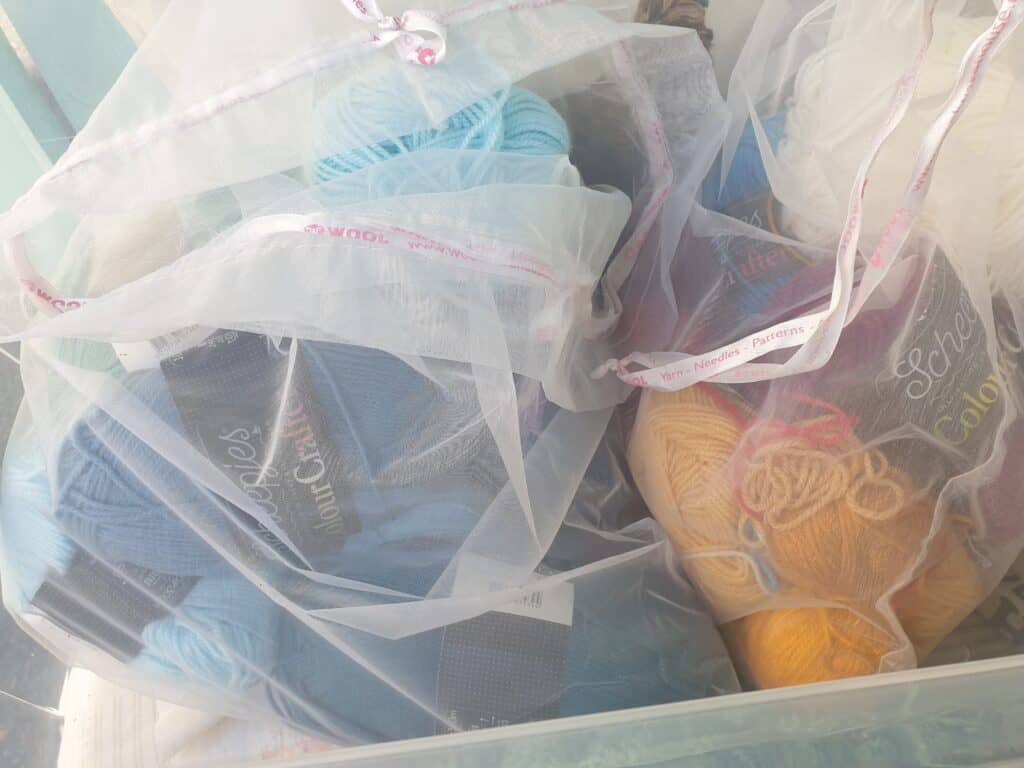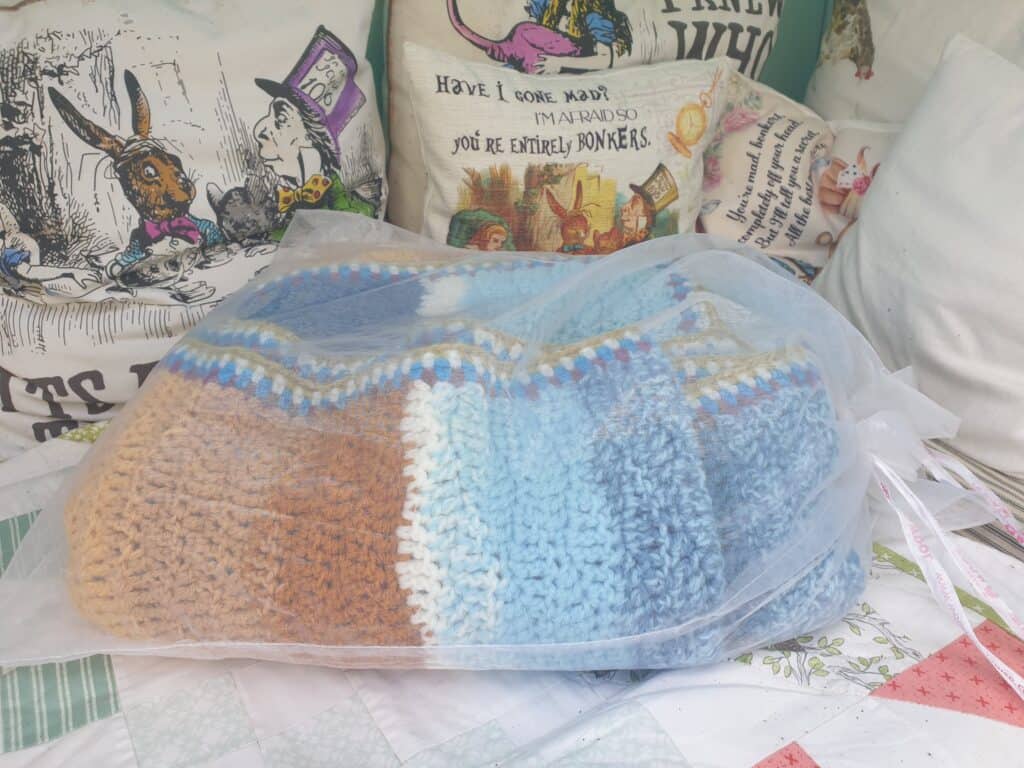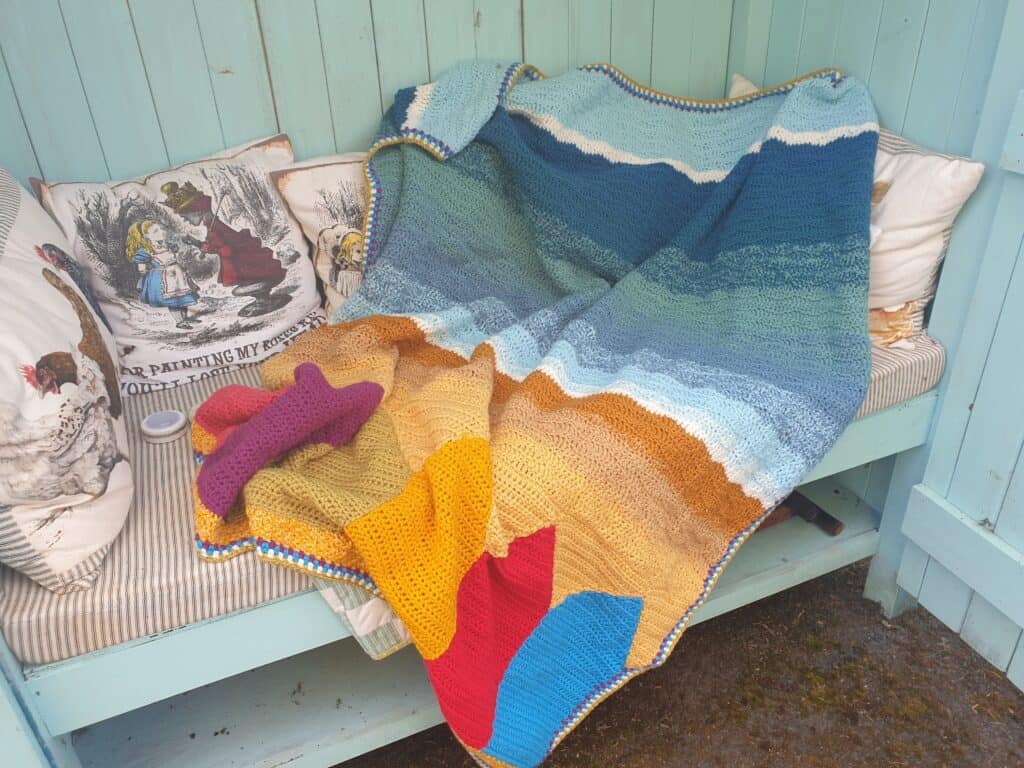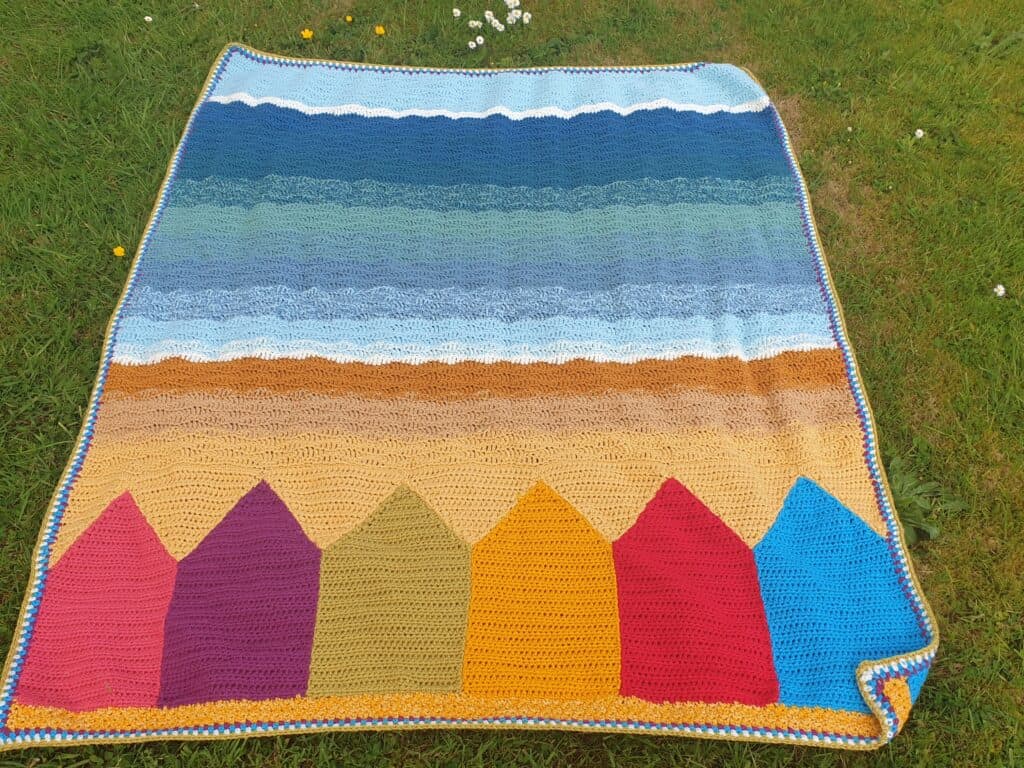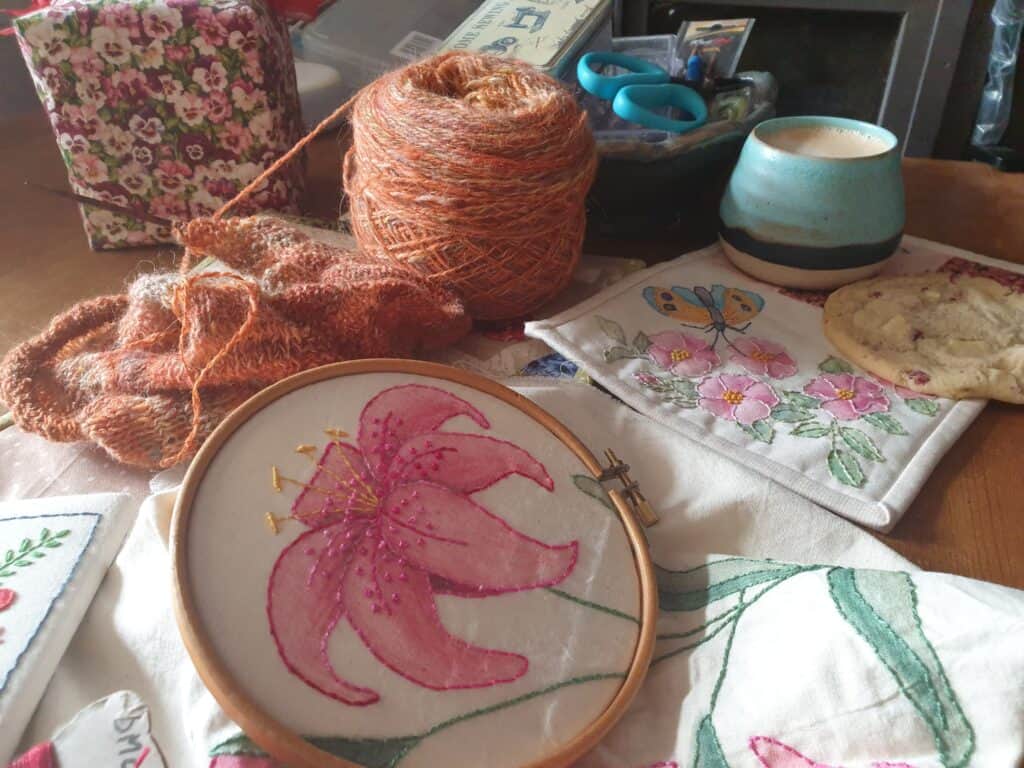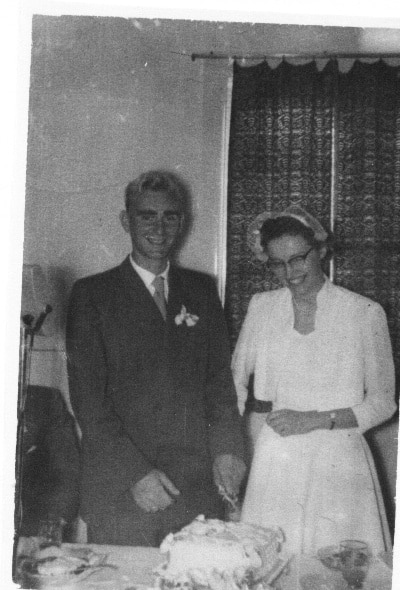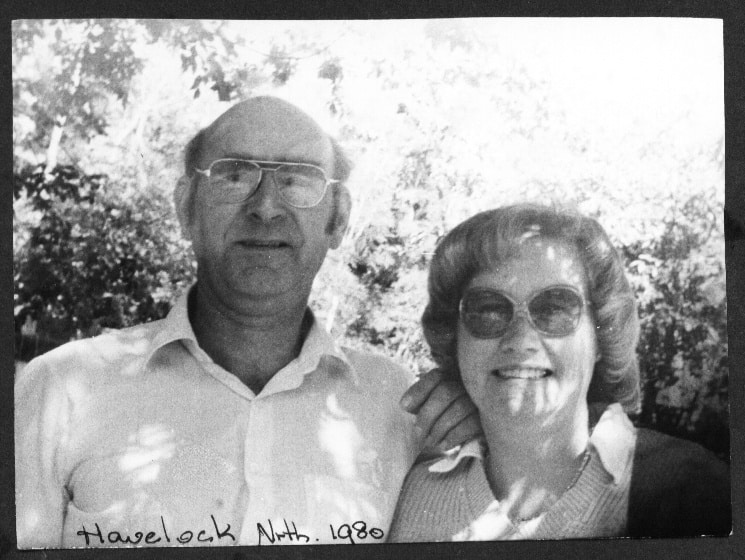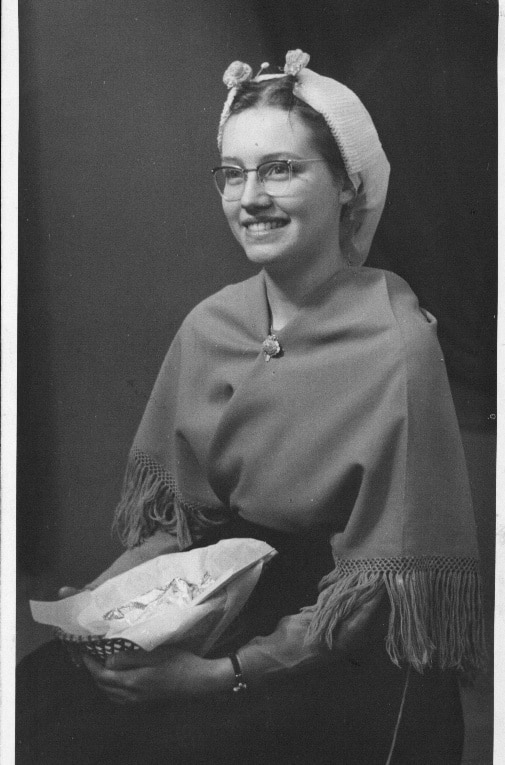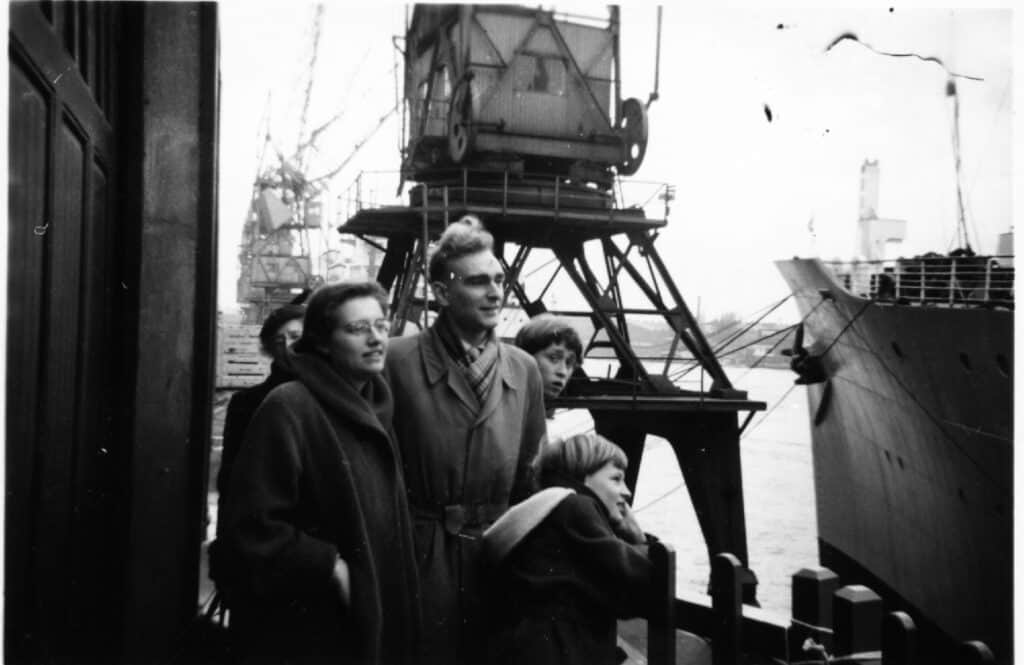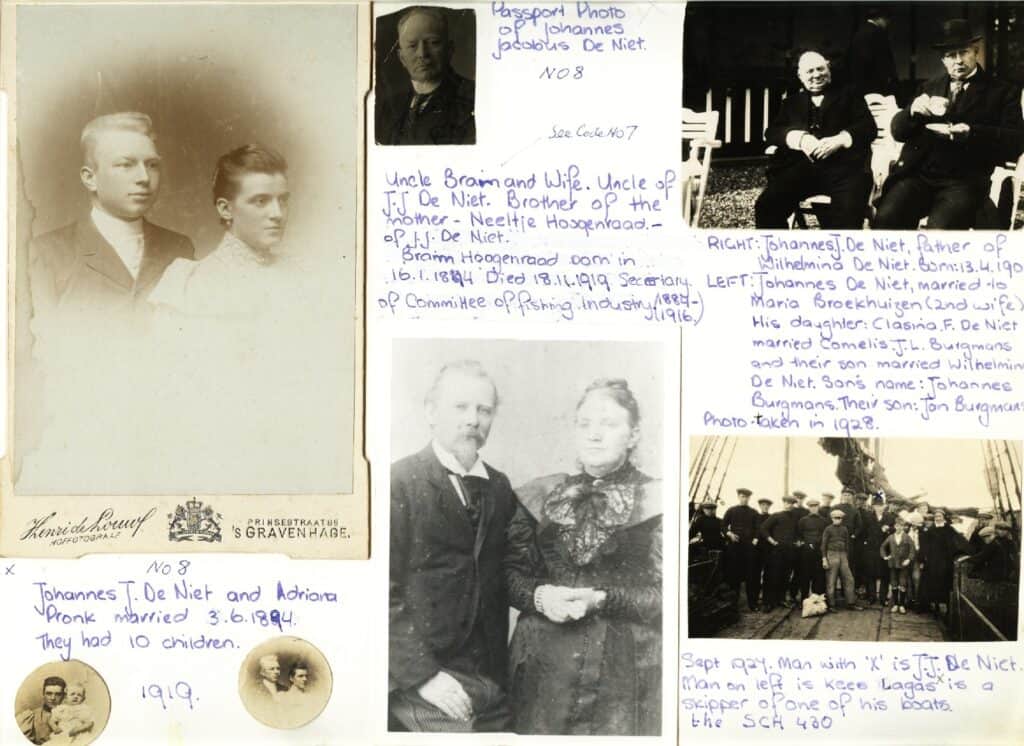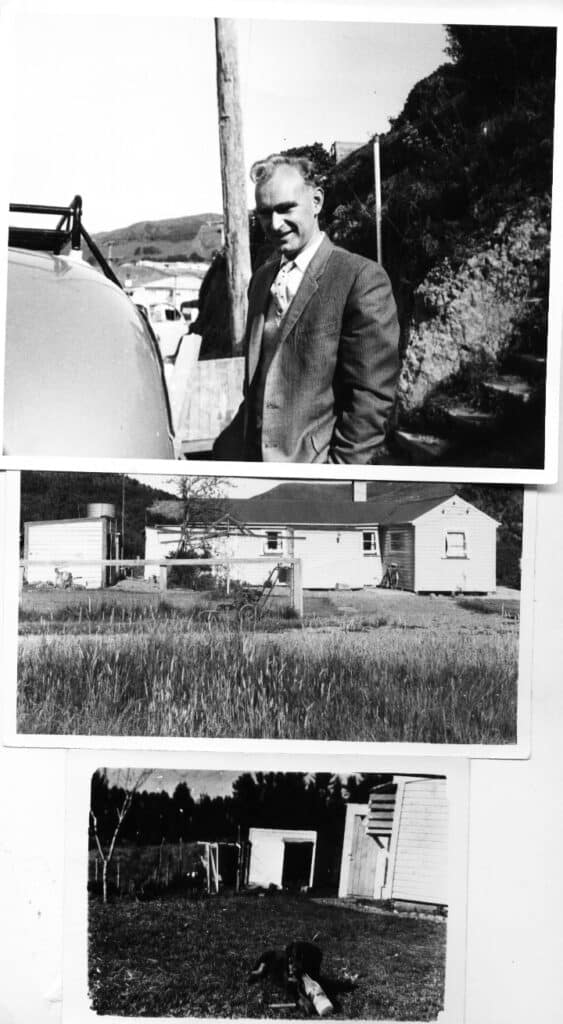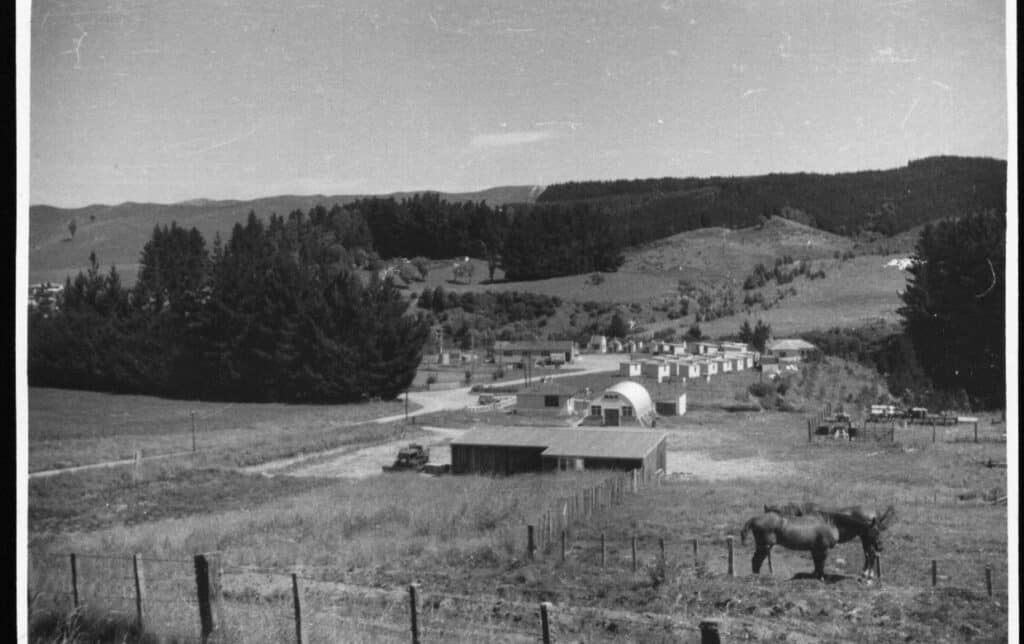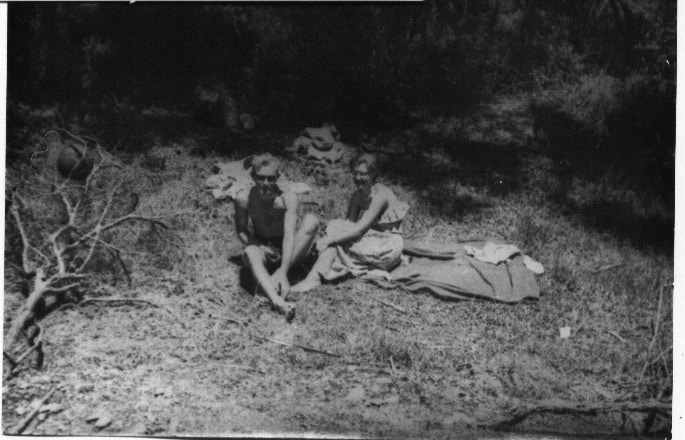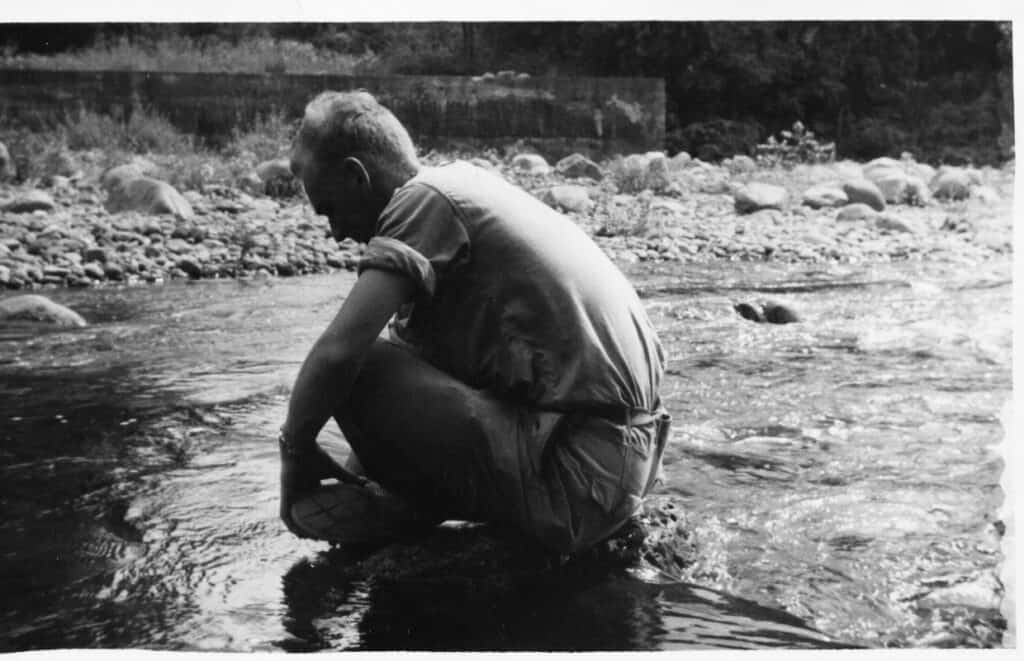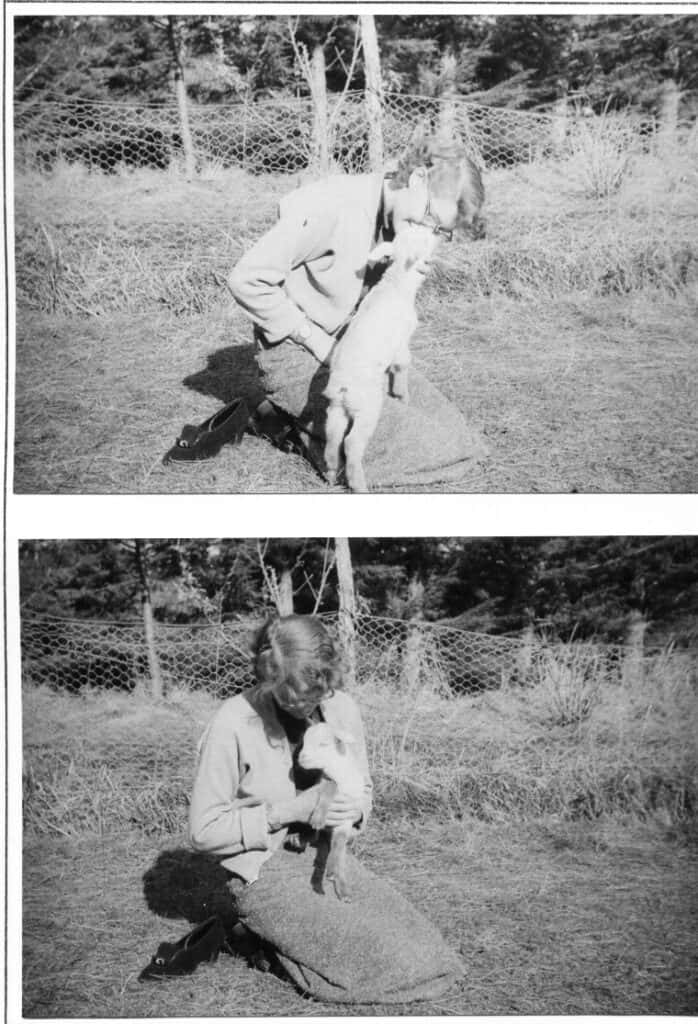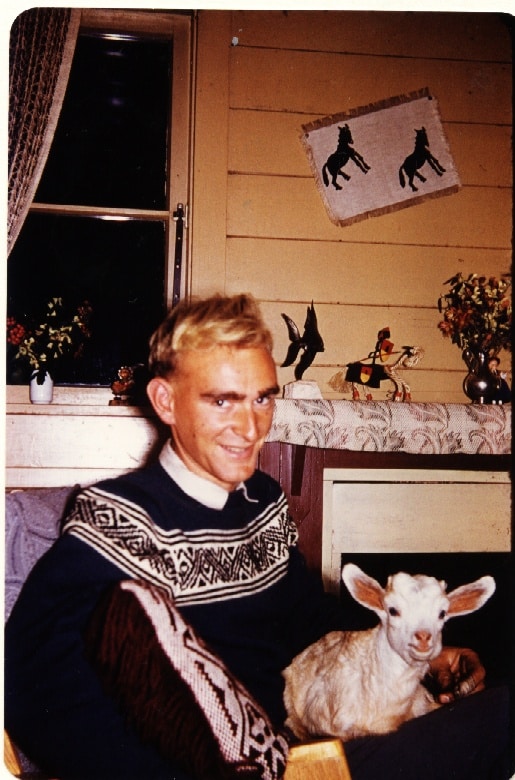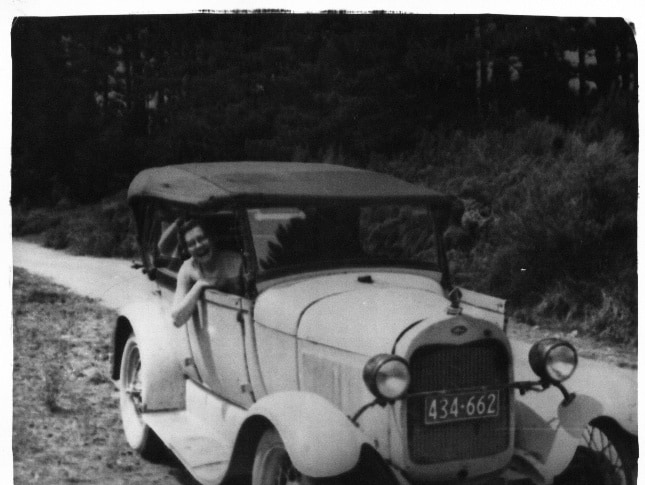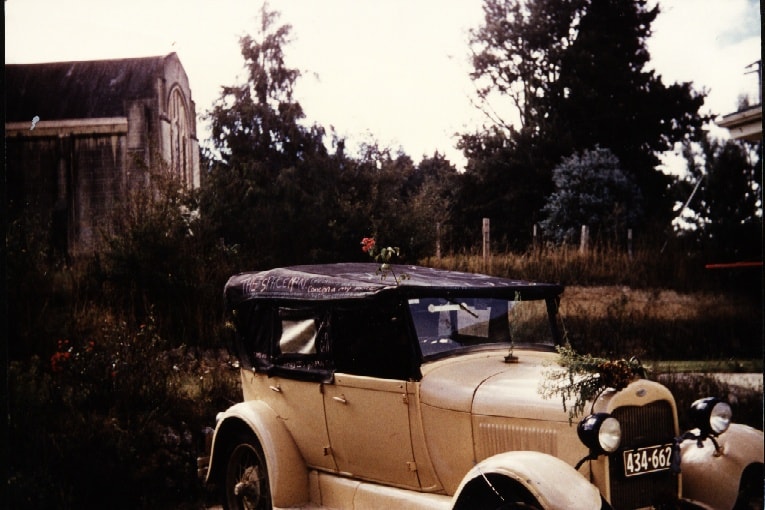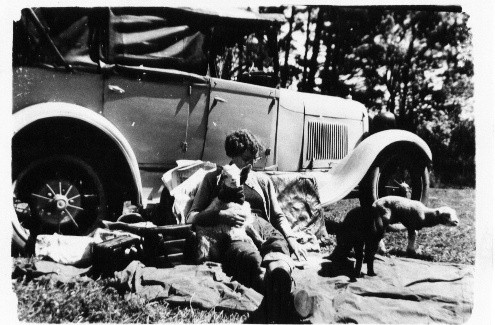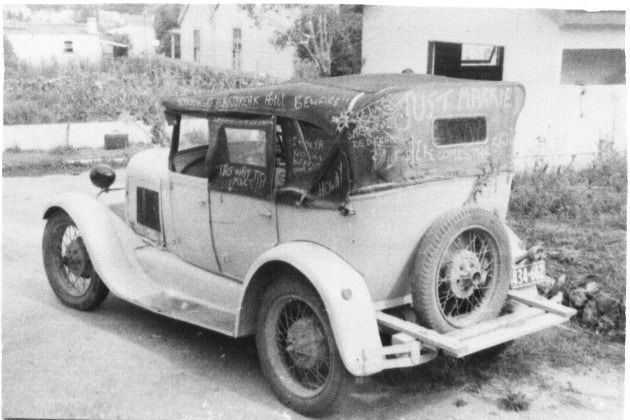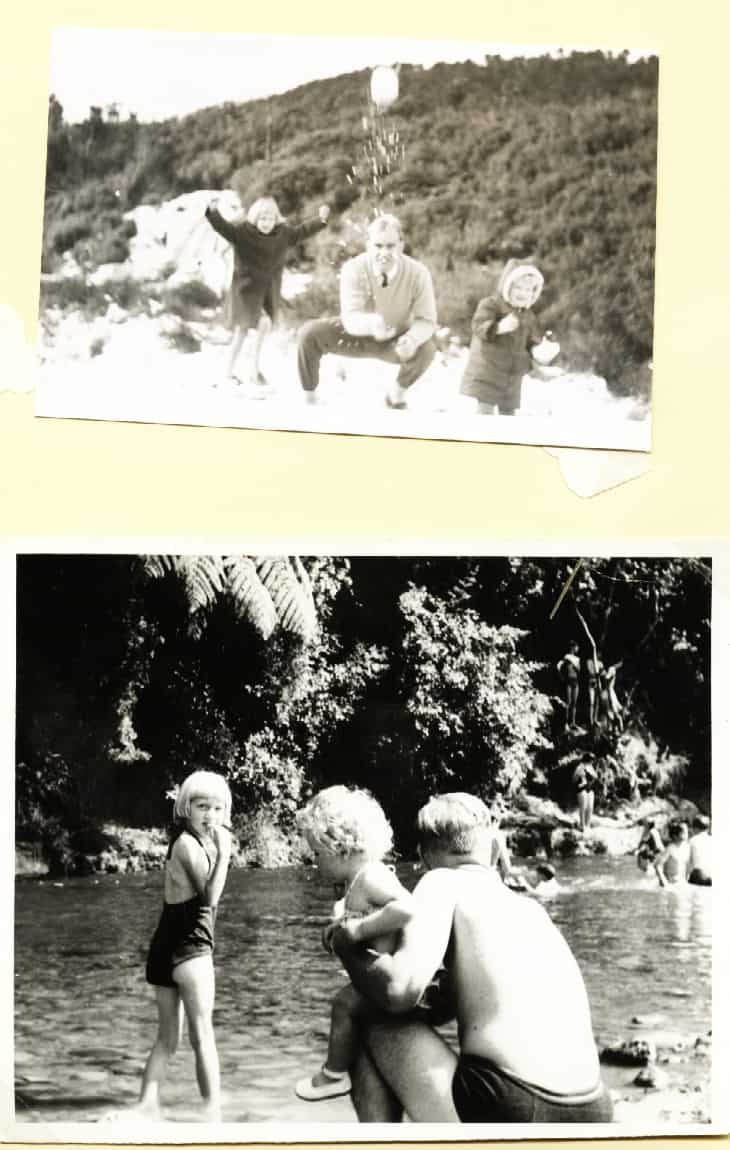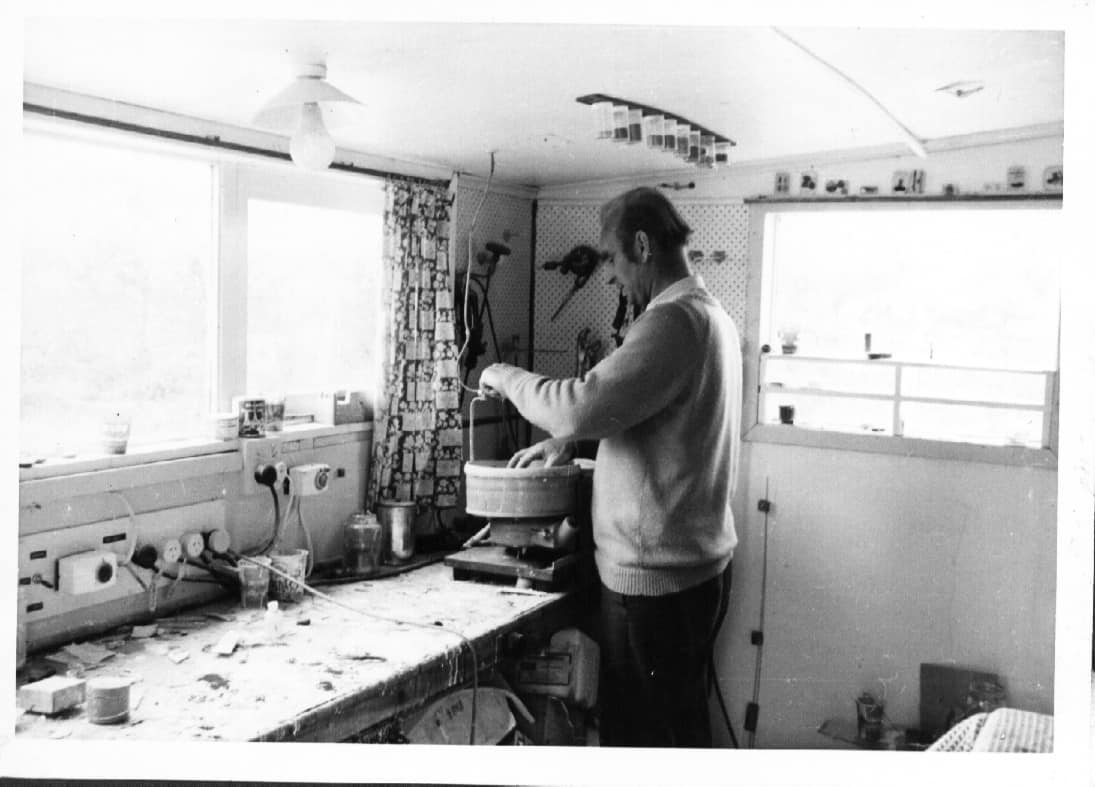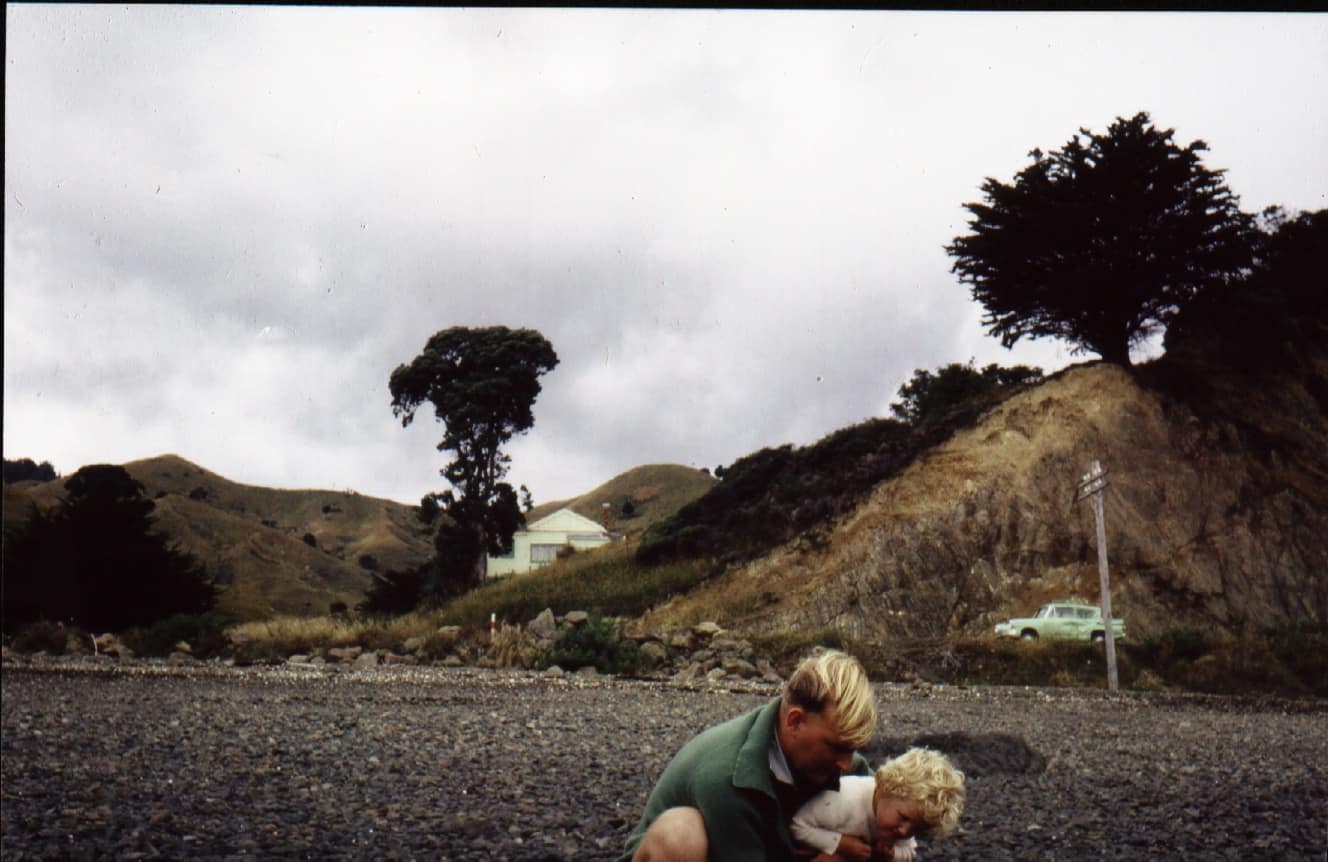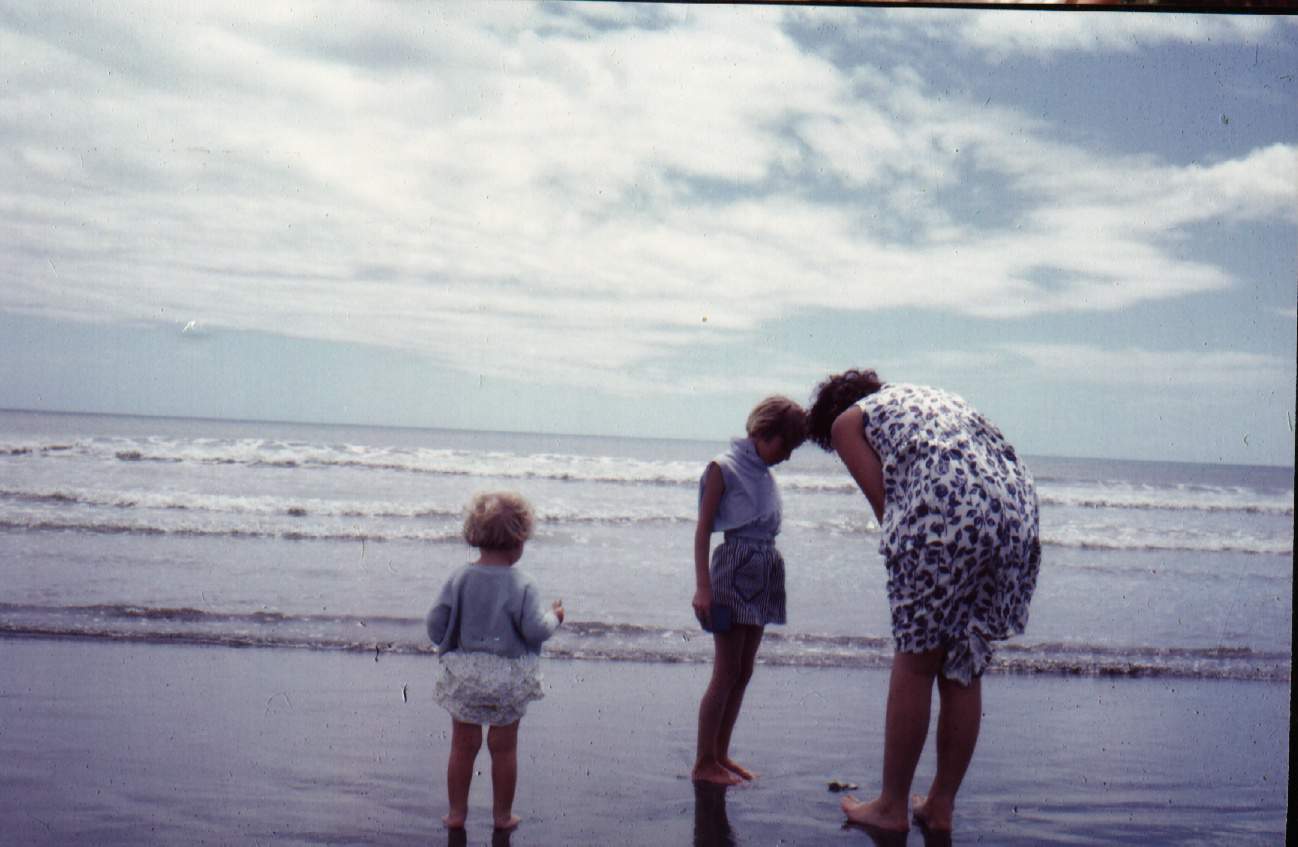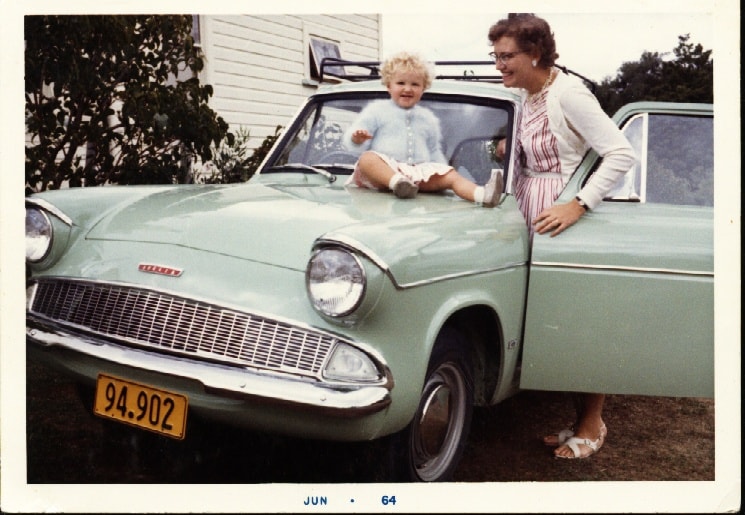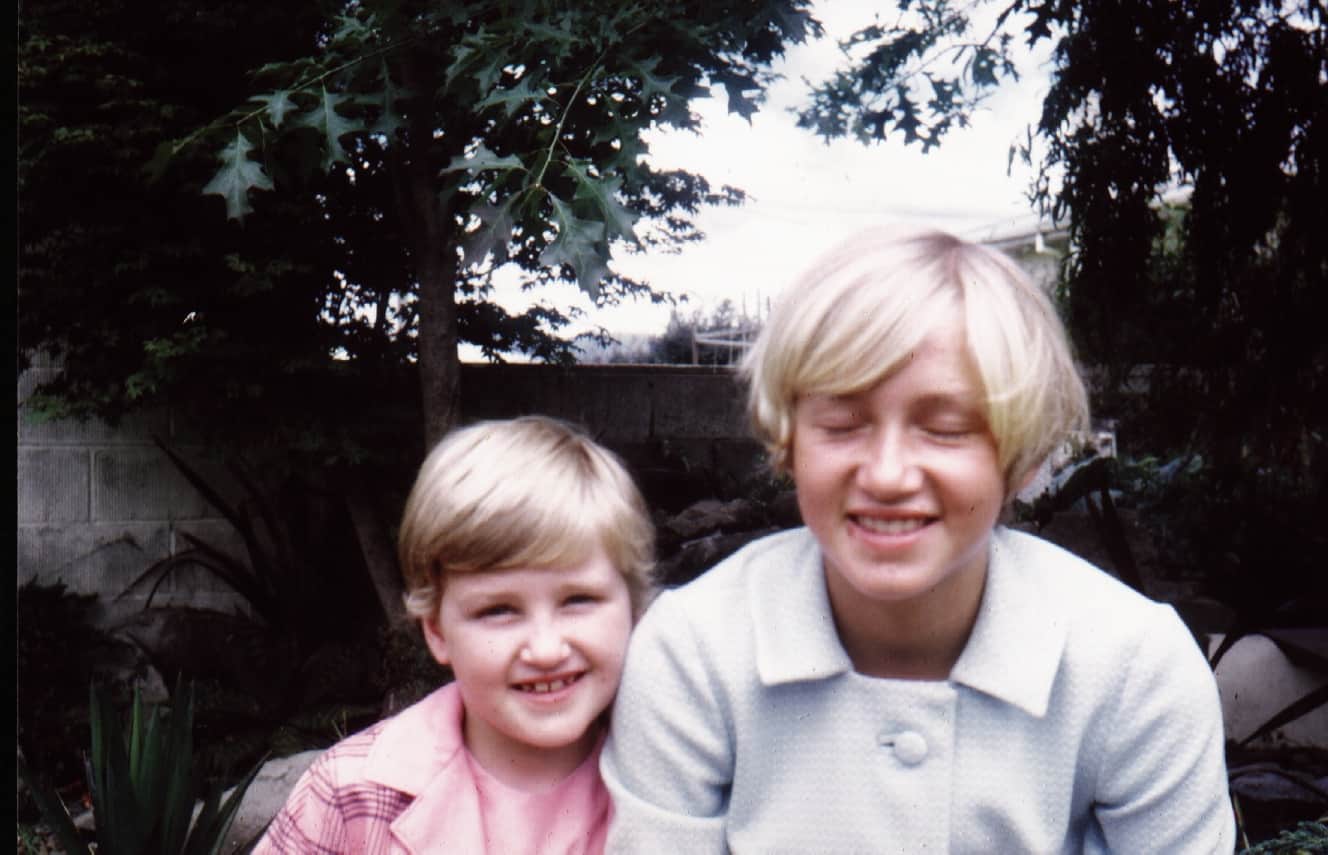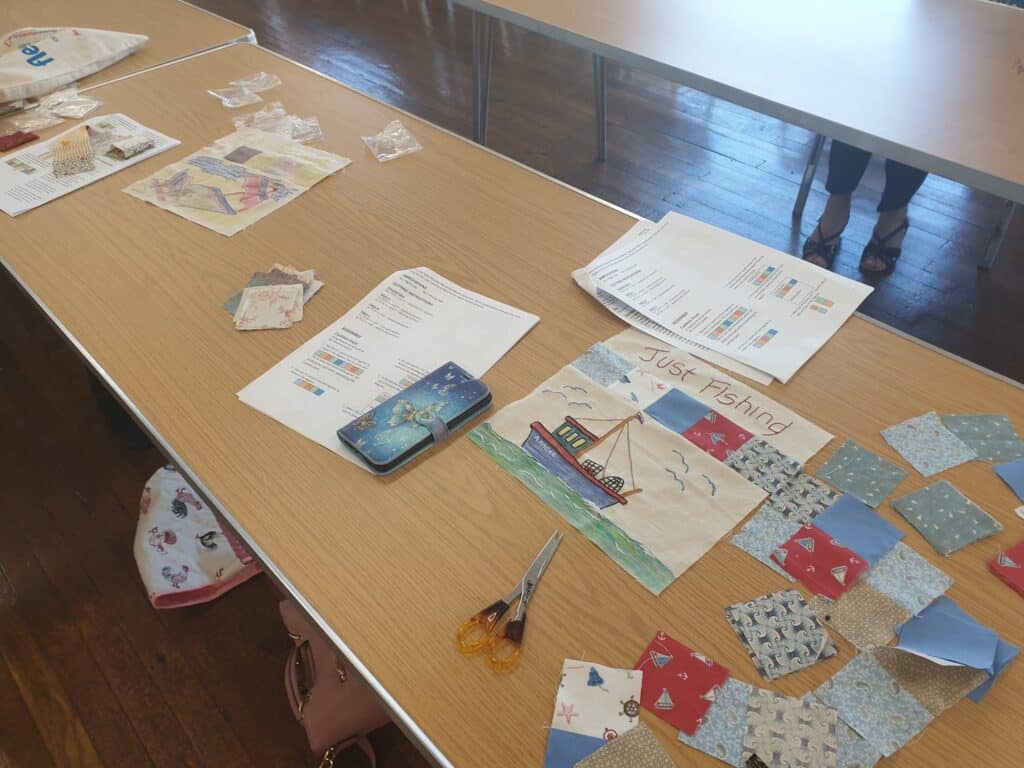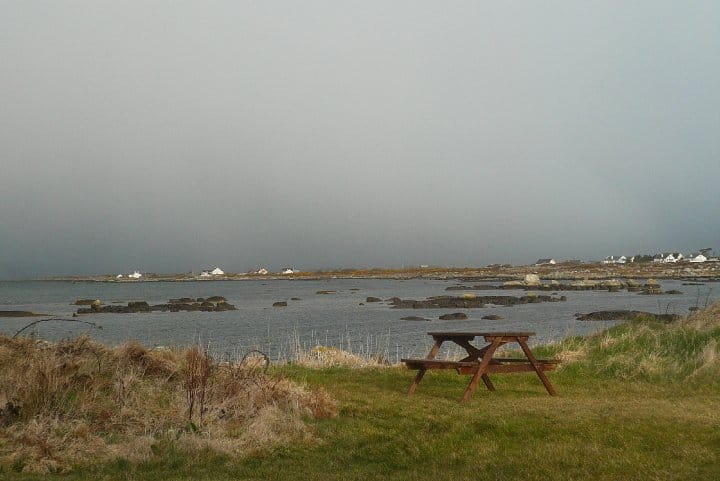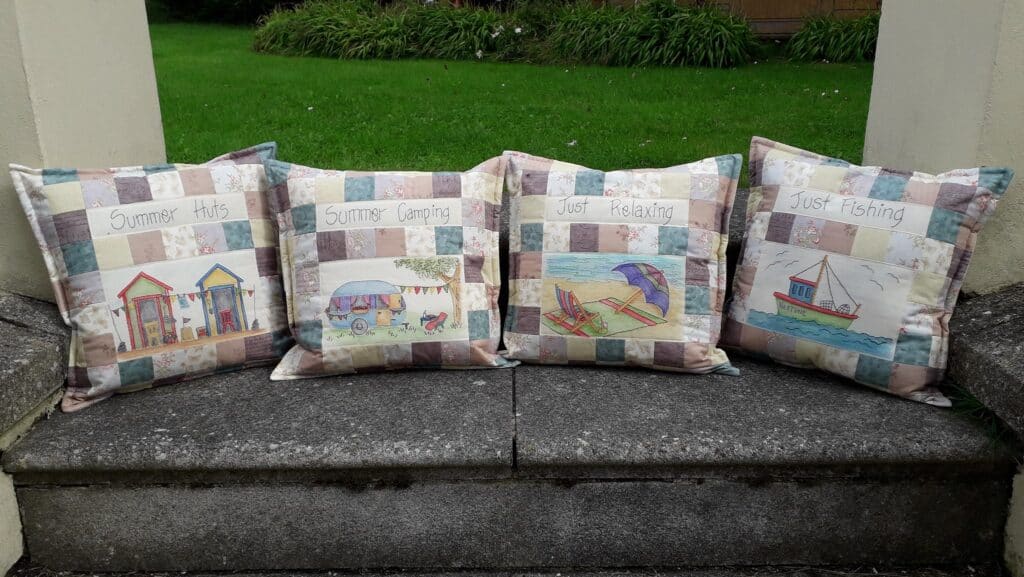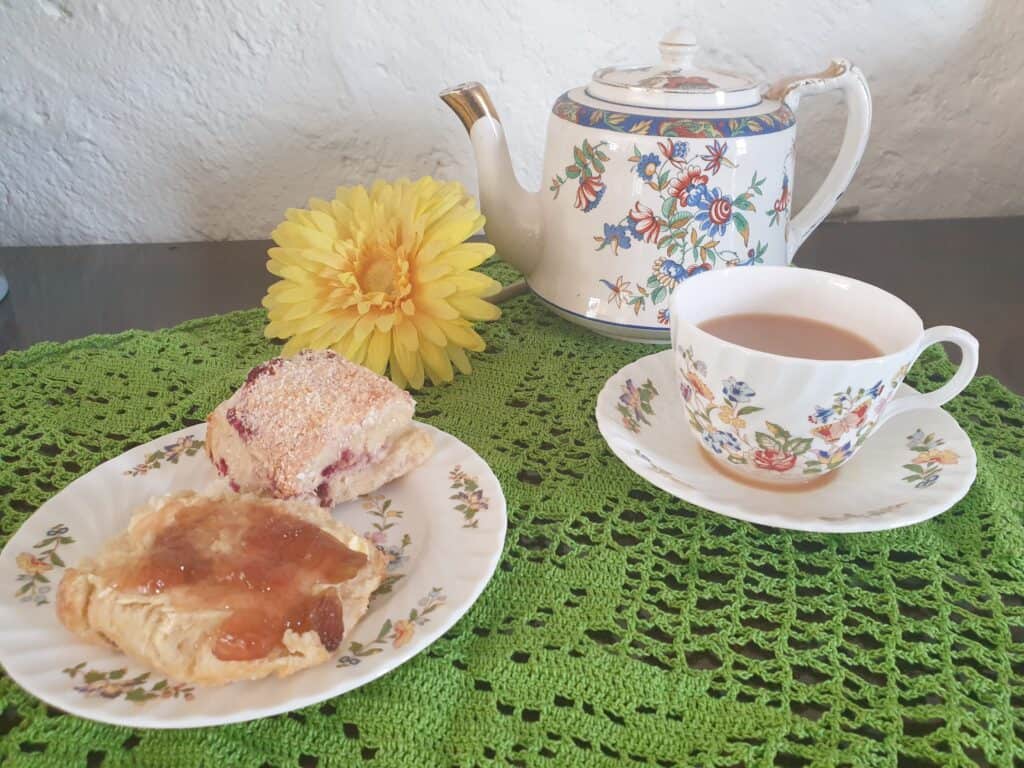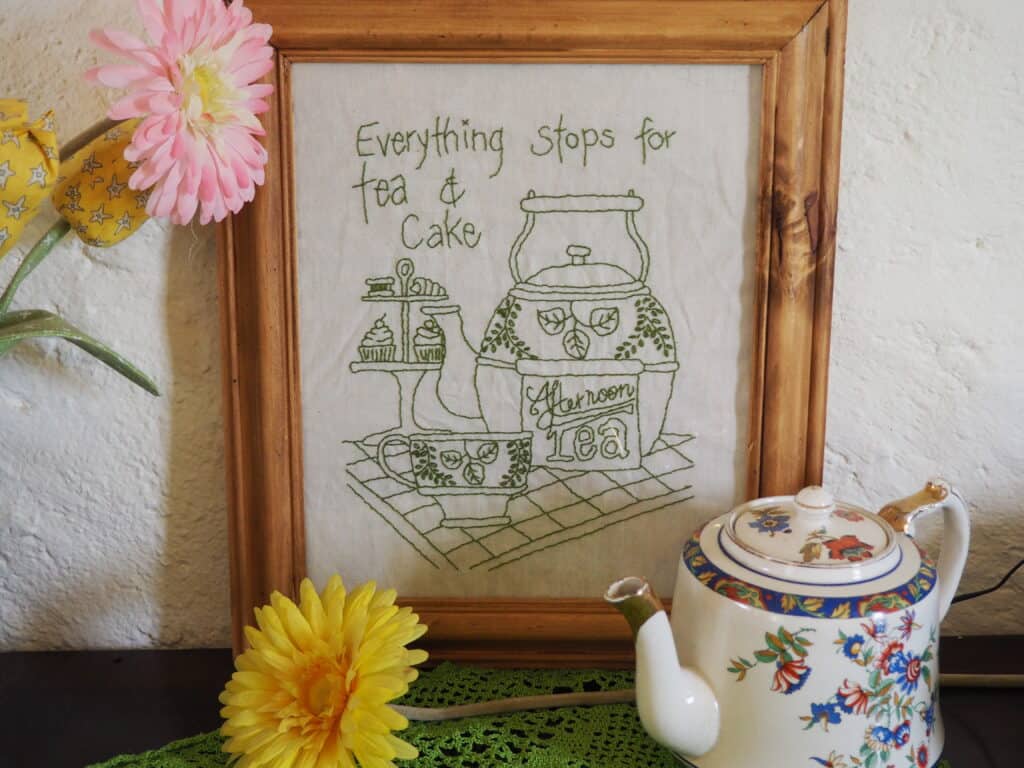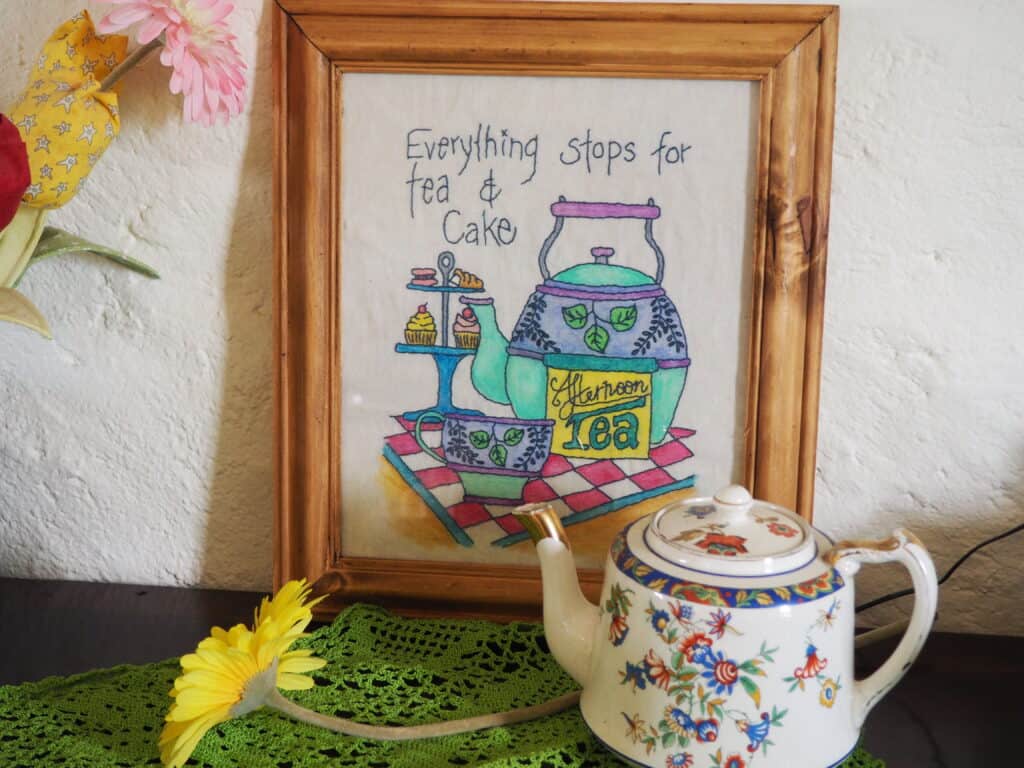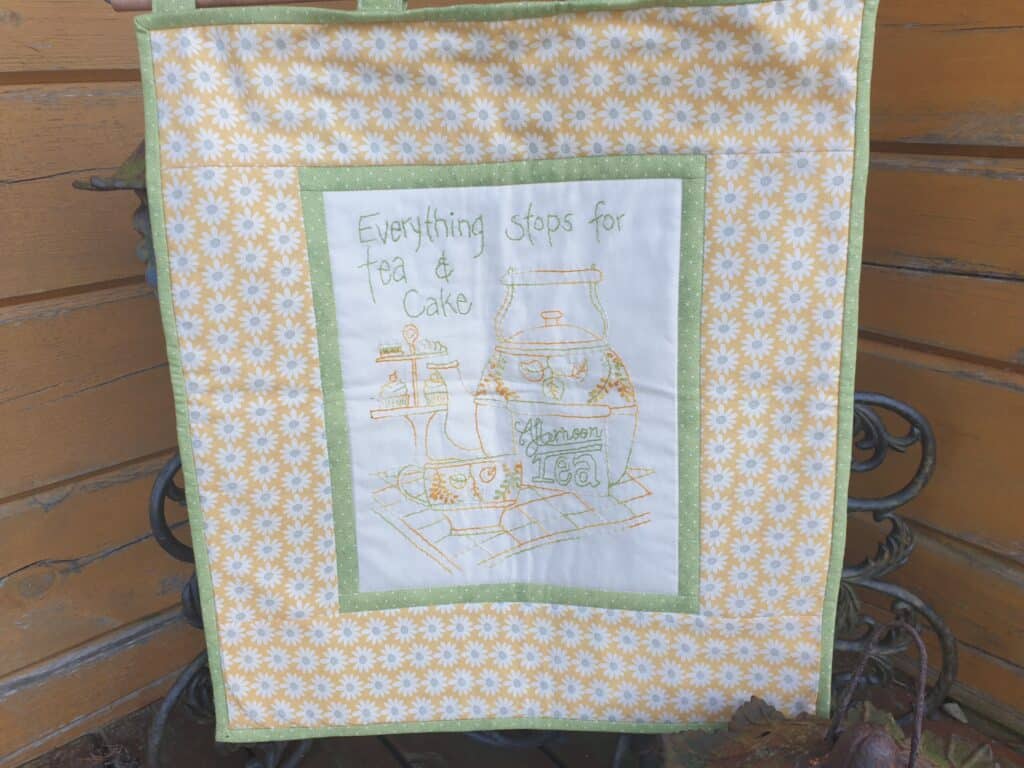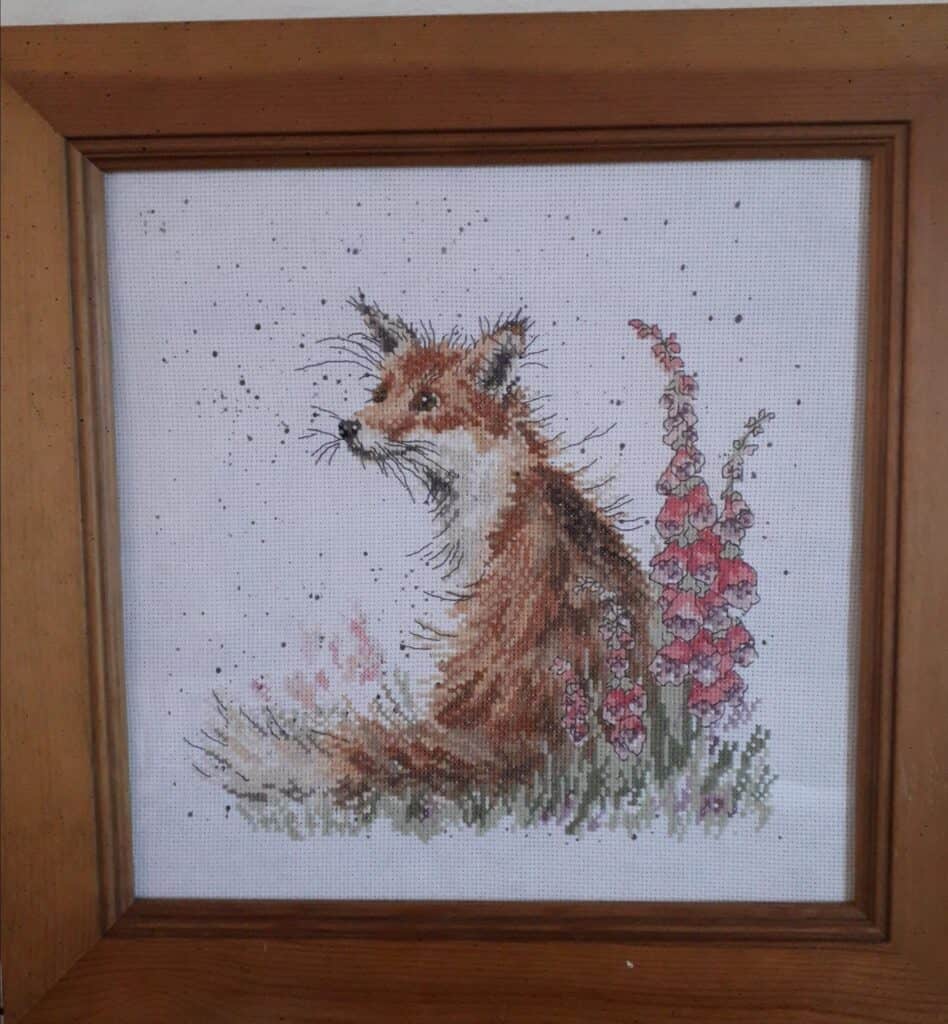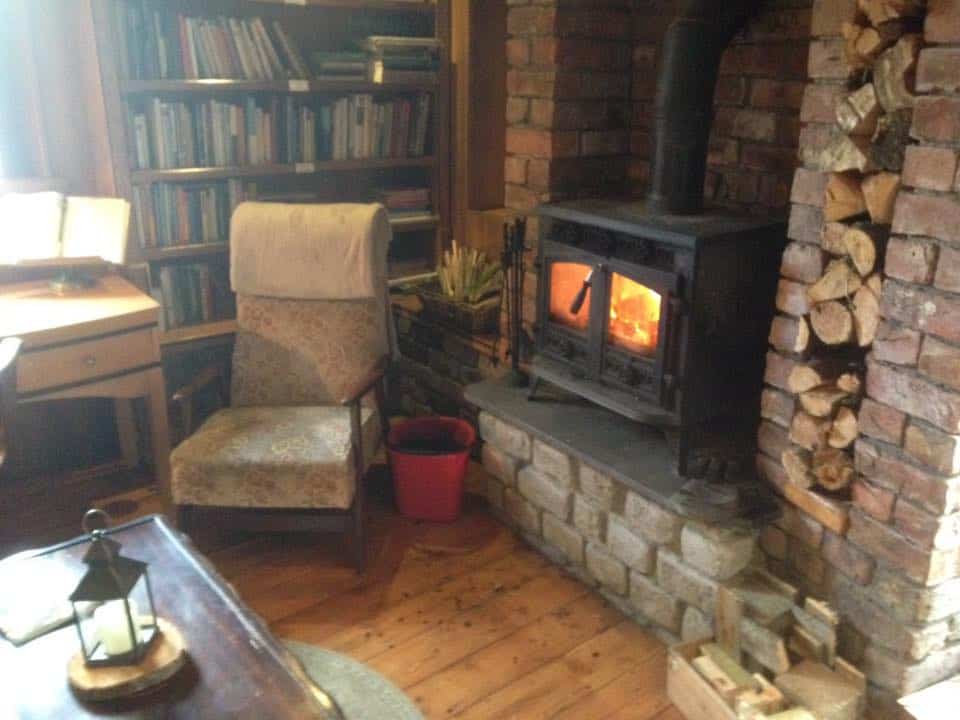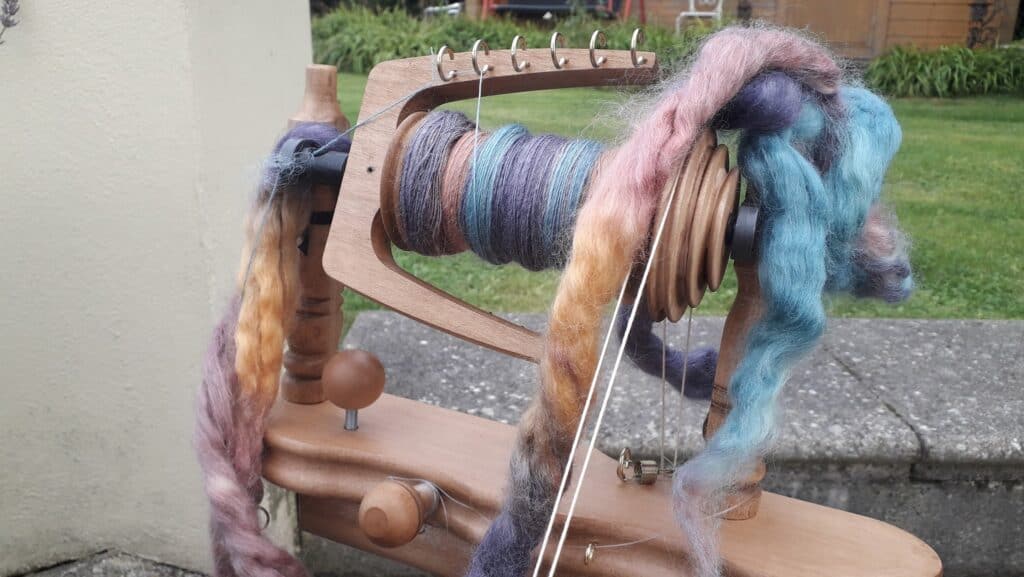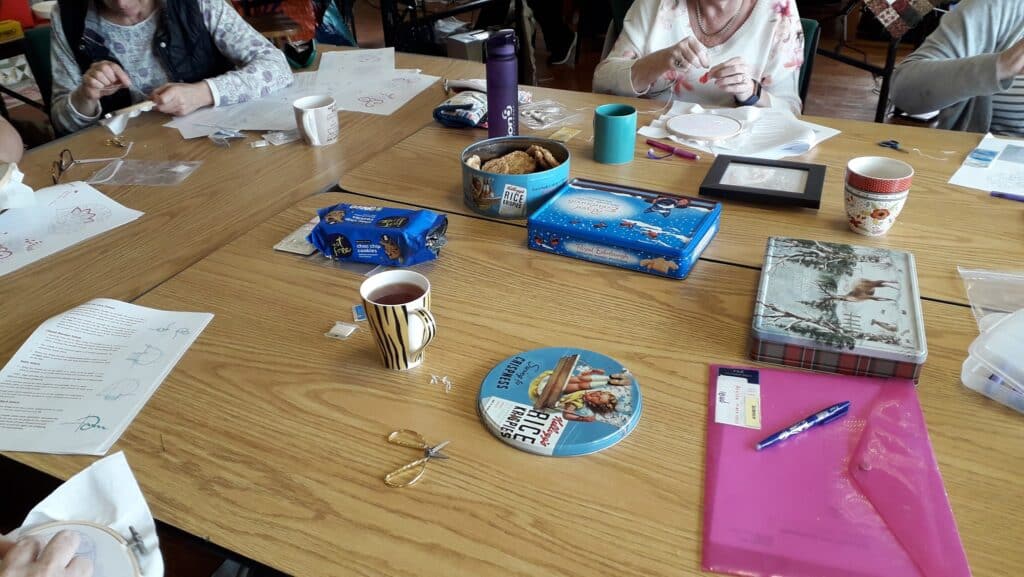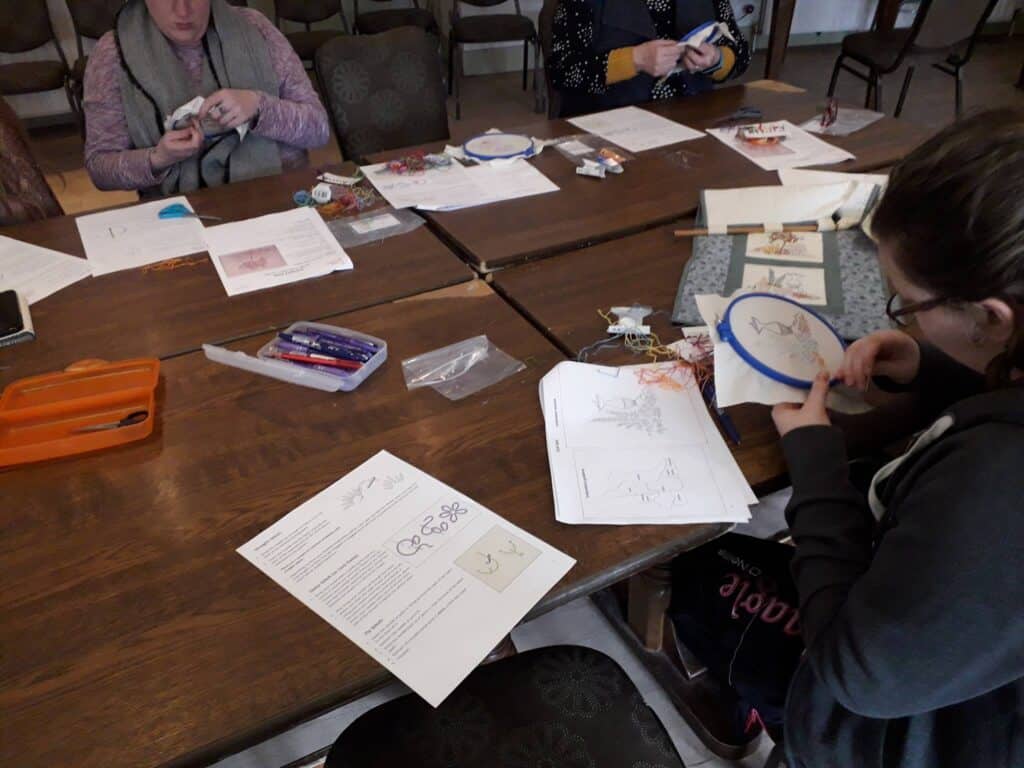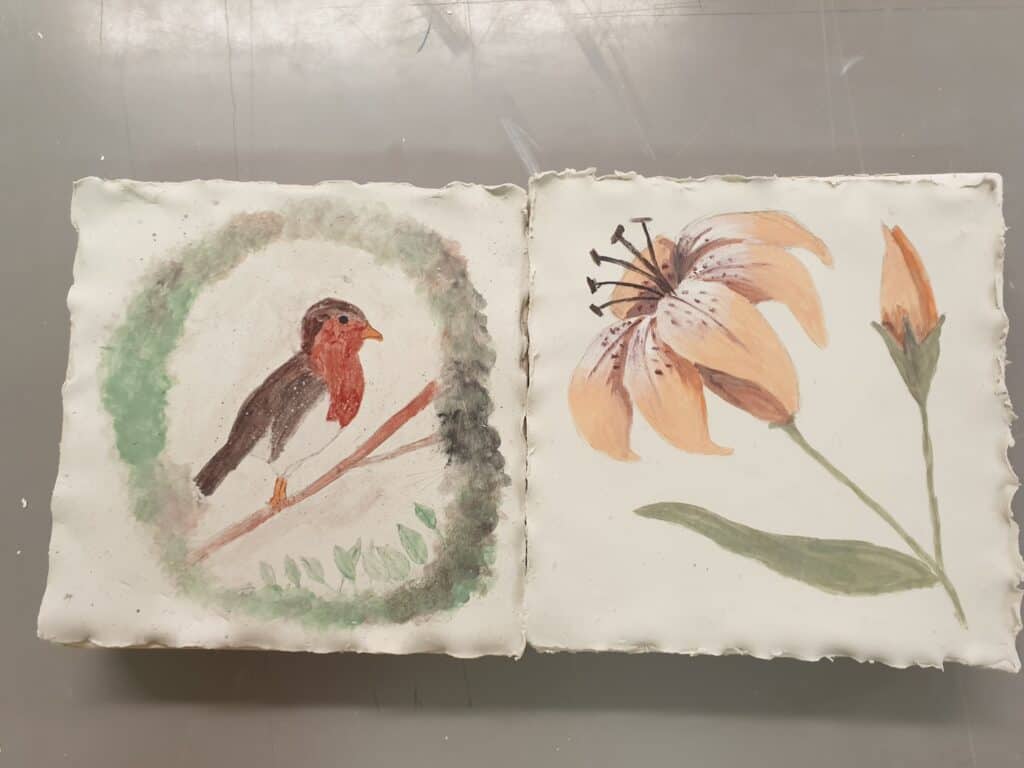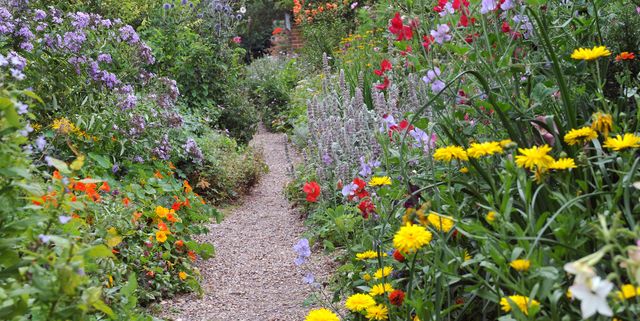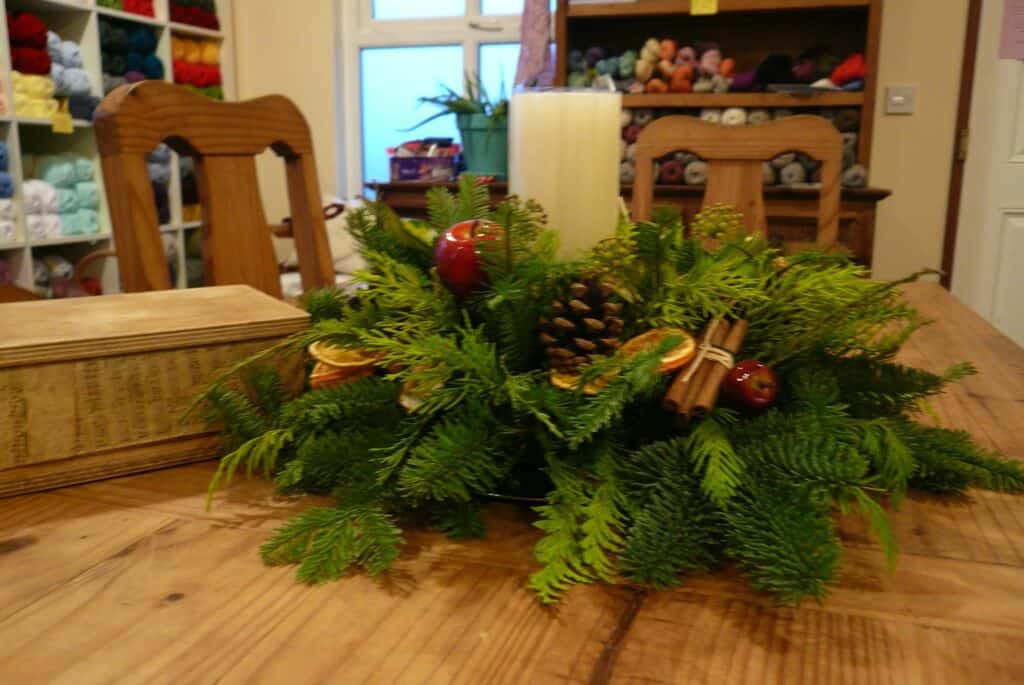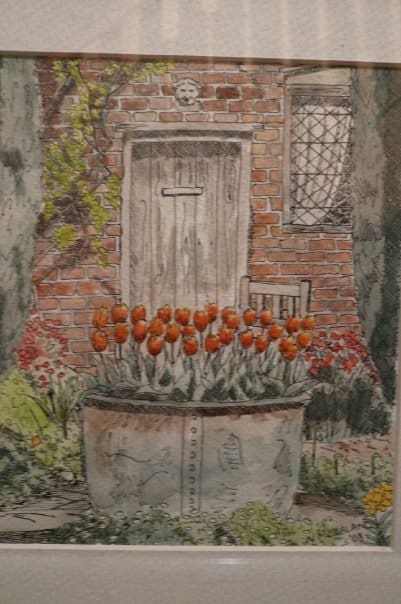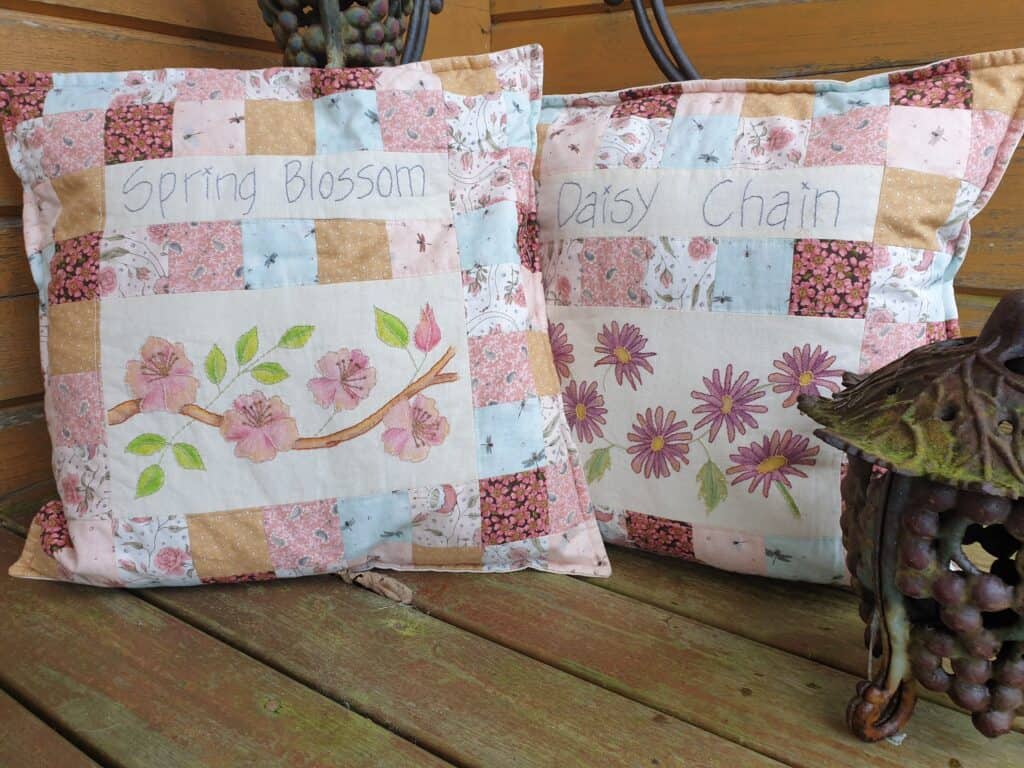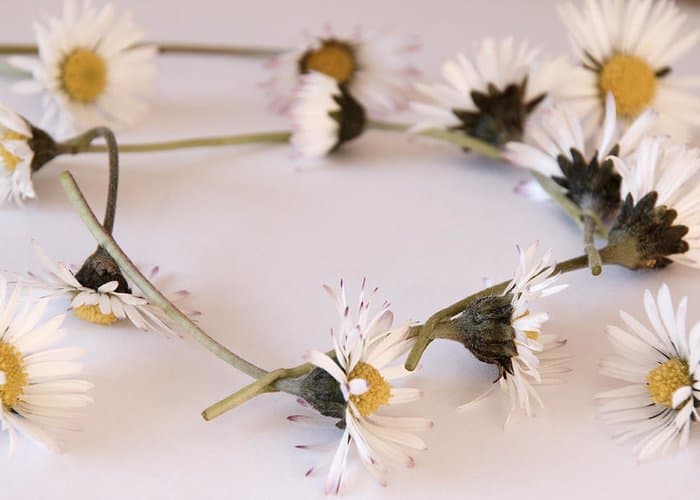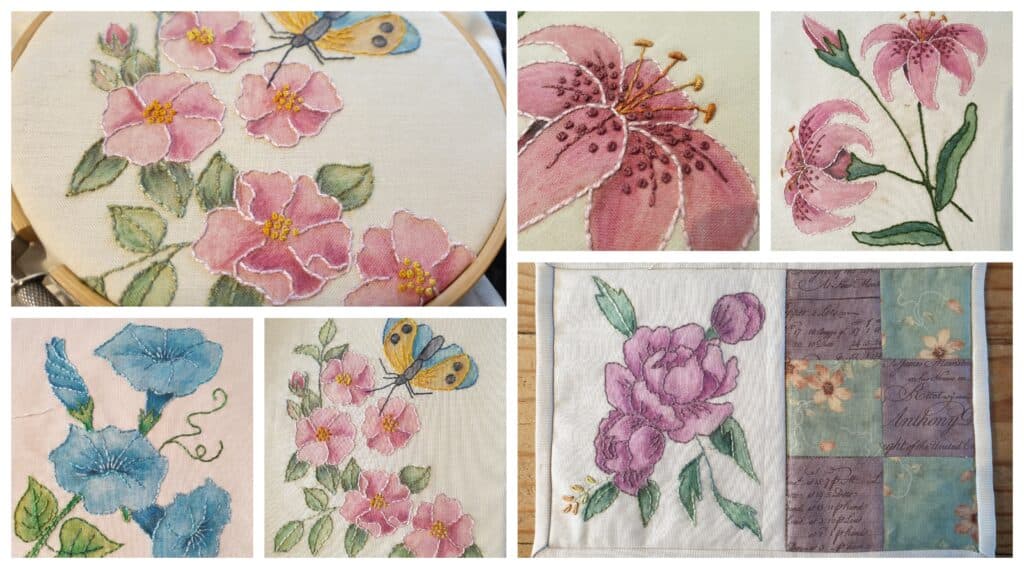Many years ago, a design concept formed in my head, one that I couldn’t let go, but was not sure of how to bring into realisation. Actually, I have to admit … that first seed was planted over two years ago.

I remember in my childhood, my Oma (grandmother in Dutch) stitched a wonderful keepsake to celebrate the birth of my older sister and myself. Items that were made with her own hands and treasured. She stitched a growth height chart hanging for me, which always hung on my bedroom wall. I treasured it and was always intrigued how the writing on the chart was in Dutch – I couldn’t speak or read Dutch – but I learnt those words with pride – ‘Hoe groot ca ik vorden’ (How big can I get? I still have the chart, wrapped up and kept safe, as a reminder of my Oma who died over 30 years ago.
My older sister, received a stitched fabric book of nursery rhymes in Dutch. I am 5 years younger than her and I remember being little and wishing the book was mine as it was magical and could be touched and used, whereas my chart hung on the wall to look at, not to interact with. It is strange how we think when we are very young.
So, you are probably asking at this point, as to what these stitched keepsakes have in common with the embroidery sampler book? Well, even though I no longer want my sister’s fabric book, the concept of a fabric book stayed with me all these years. I always wanted to create a similar book (not necessarily in nursery rhymes) but a fabric book that would become a treasured piece of craft.
So moving many years forward, to about 3 years ago, the concept came to me again when I started to design embroidery designs and realising that it would be amazing to create a sampler book full of embroidery stitches. My head filled with ideas and issues of exactly how to put it into patterns so others could follow the tutorials and create their own embroidery sampler book.
Just over two years ago, I started to put the ideas down on paper and start thinking on embroidery stitches to go into the book. That was the hardest decision, there are literally hundreds of different embroidery stitches! So hard in fact, that I decided to create two different books – a short one with 36 sts and a longer one with the same 36sts and 24 more stitches. I can never do simple!! The next choice was even harder! I didn’t just want any embroidery sampler design where you stitch a line of that particular stitch. To me, it didn’t really give me any insight in the stitch. Yes, it showed you how to work that stitch, but you were then left with the issue – just what do you use this stich for? What can be created with this stitch?
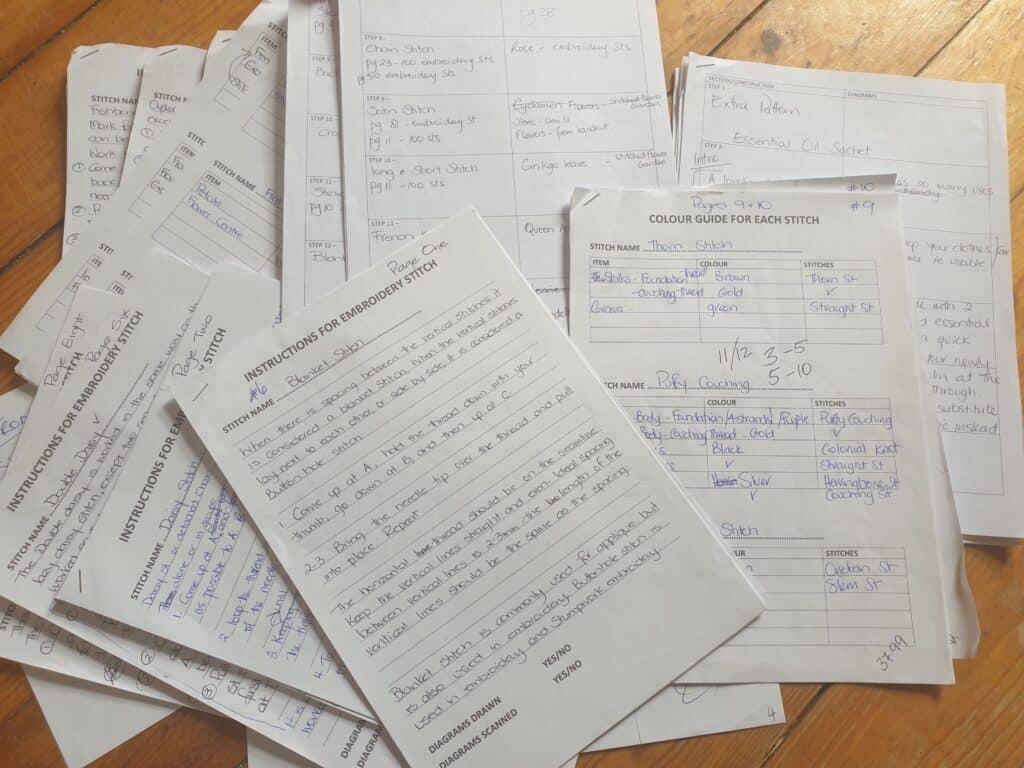
And so, the next issue came about. I had the list of the stitches I wanted to use in my two books. BUT, what and how do I design something simple with the particular stitch? My vision for the book was to have a theme. I then thought of what most embroidery designs feature ….. gardens. The stitches really did work well in creating floral designs. The birth of my embroidery sampler book concept came about. The books would focus on a garden theme and the stitches used would form some sort of garden/nature theme. It was challenging at times, to work the particular stitch into a design, but a lot of fun as well. With the theme decided upon, the next issue arose – what design would I use with each stitch? I am old school when it comes to coming up with designs – I prefer paper and pencil. I had already accumulated a good size paper trail with all my notes and design ideas. I had to have some way of keeping everything structured so I wouldn’t get too overwhelmed. At this stage, I was only concerned with what design each embroidery stitch would have. My notes got well used, and there was a lot of crossing out and redevising along the way. Once I was happy with the order of the stitches and the design sketches, though these got changed along the way, I created two paper books with the outline of the stitches and pages, just so I could see what the finished book would look like. I am a visual person and sometimes I need to have something physical in front of me.
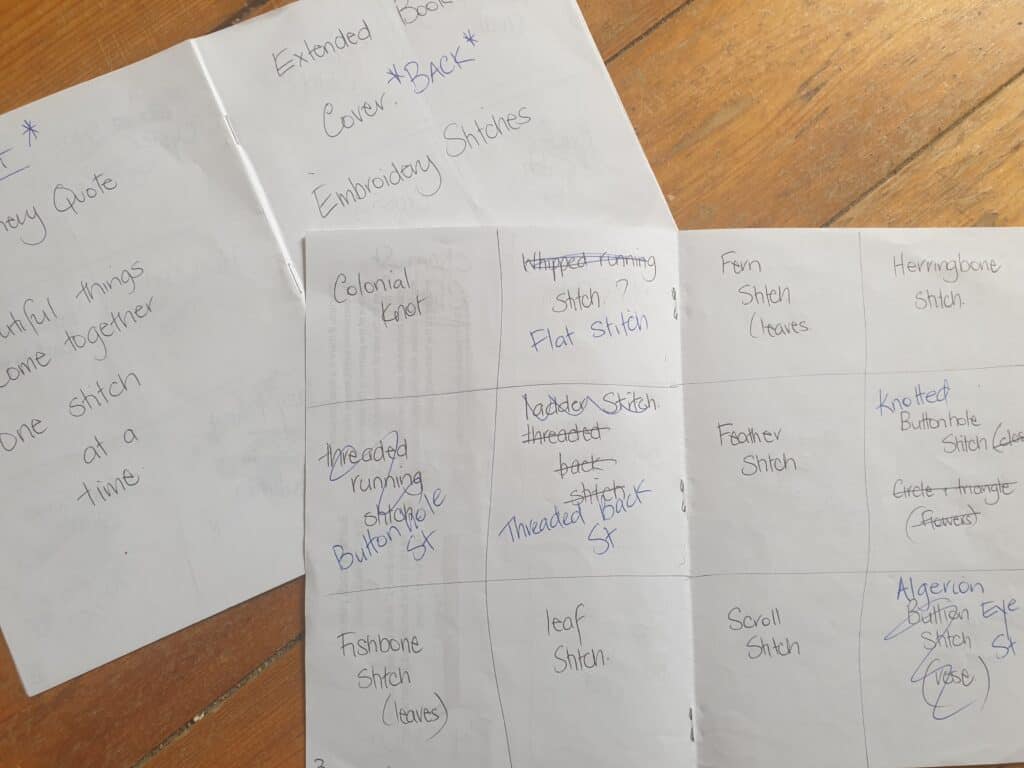
With the design notes and plans, I could now set about coming up with final design sketches and drawing these up into the final templates for each page. At this point, I still had not actually thought of how this would all go into a pattern, how do I write out the instructions for the book or the actual embroidery stitches? Those important factors, didn’t come into the equation at this time – I was focused on actually creating the book itself.
It is a difficult task when you set about writing and creating written pattern/instructions so someone can come along and follow the instructions to create their own sampler book from the written pattern. I really hadn’t thought that through. I started off with stitching the book, telling myself that the pattern content will come along. My initial thought was to create step by step photos of each stitch and that is how I started.
Two years ago, Alyssa and I went on holiday to Wales and I took my pages with me to work on during down time. It started off really great, but over time it has harder to remember to take step by step photos and ensure they were clear. I was still having issues with how the pattern should be written so it was not too lengthy but still clear enough for anyone to follow.
I came back from holiday, and continued to work on the pages. But it stopped shortly after as I really wasn’t happy with how it was progressing, I had a mental block on how to take the patterns forward. I put the pages in a tin and set them aside, with the intention, I would get back to it when I had a clear mind. Fast forward a year or so – I had pulled the pages out to show people every so often over the year and discuss what my ultimate goal was – and then promptly placed them back saying I will get back to them. I was still struggling with the pattern writing.
It even got to the point where I had ‘misplaced’ the fabric pages. They were not where I thought I had kept them safe. I tried not to panic over it, and soon ‘forgot’ about them.
At the beginning of the journey, I had sent the first pattern to my testers who were wanting to do the project with me. They had their pages all prepared and ready to start stitching. I felt really bad, as I had put it all aside due to the mental blocks I was having with the patterns. Fast forward to the first lockdown – I devised a learn to crochet tutorial and I drew the diagrams and coloured them in. These instructions had great feedback and many found these diagrams easier to follow than photos. This got me thinking back to the embroidery sampler patterns and how it may be better to have coloured diagrams instead of photos which may or may not be in focus or the right lighting. With doing the crochet tutorial, I was able to move away from my mental block on the embroidery stitches.
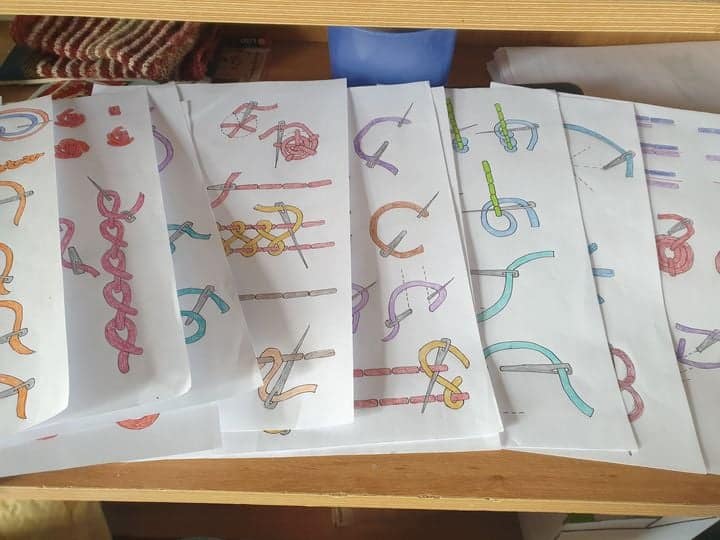
However, I still had the issue of locating my pages …. It didn’t help either when my testers asked if/when I was going to finish the sampler book….. so, with a confession and a promise to my testers …. And a frantic search around the house (several days in fact) looking to where my ‘safe’ spot was, I came up with nothing! Bring in Latisha, who offered to find them for me – and within 15 mins she had found them in the box of felt pieces! Heaven knows how or why they were in the bottom of that box! But, I was not going to get into solving that particular mystery, I was just so thankful that they had been found and I didn’t have to start making new pages …..
After not looking at the design notes and stitched pages for 2 years, it took a while for it to all come back …. I had noted on the paper books that the outside covers would have a saying on one side and name/year on the other. All of my notes on stitch designs, were all there and I had even written down all the stitch instructions, which I was so thankful for. I knew there was a reason why I put everything down on paper and keep it safe in a folder. Once I had gone over everything, I was able to look at the project with a fresh mind and the pattern instruction concept seemed to just flow and come together.
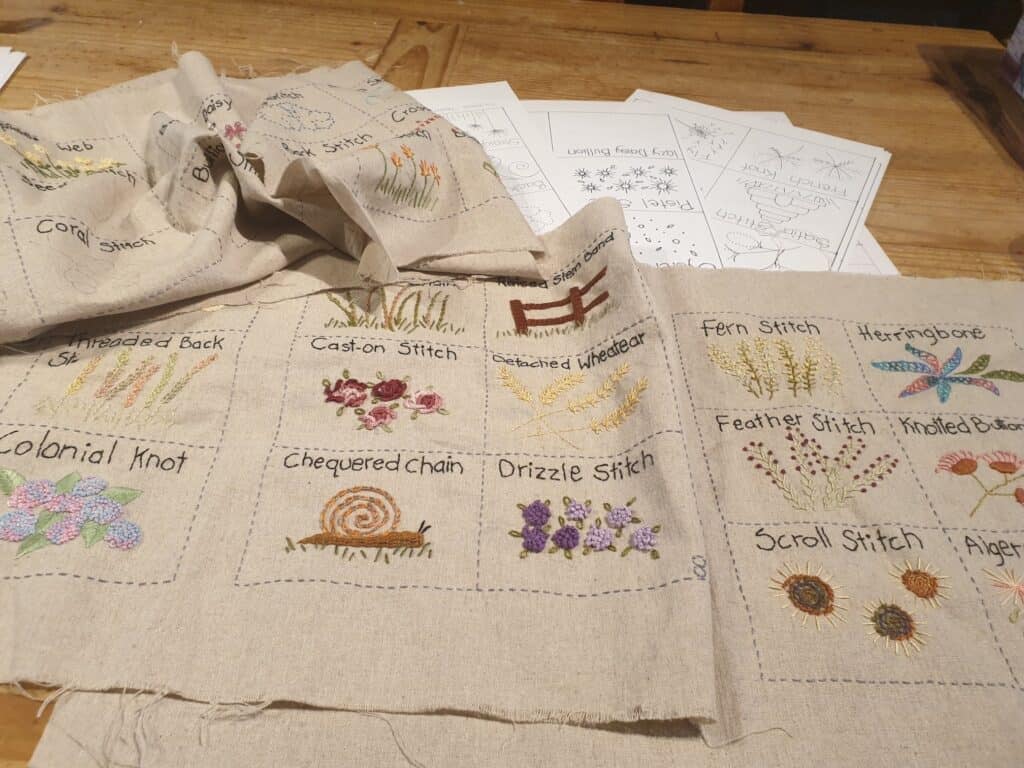
Maybe, I needed that time away to get it all right. I know that I felt better within myself this time round and the format of the pattern and instructions just seemed to come together. I even enjoyed drawing up the steps for the stitches and it seemed that with these diagrams, I was even able to rewrite the instructions so they followed the diagrams.
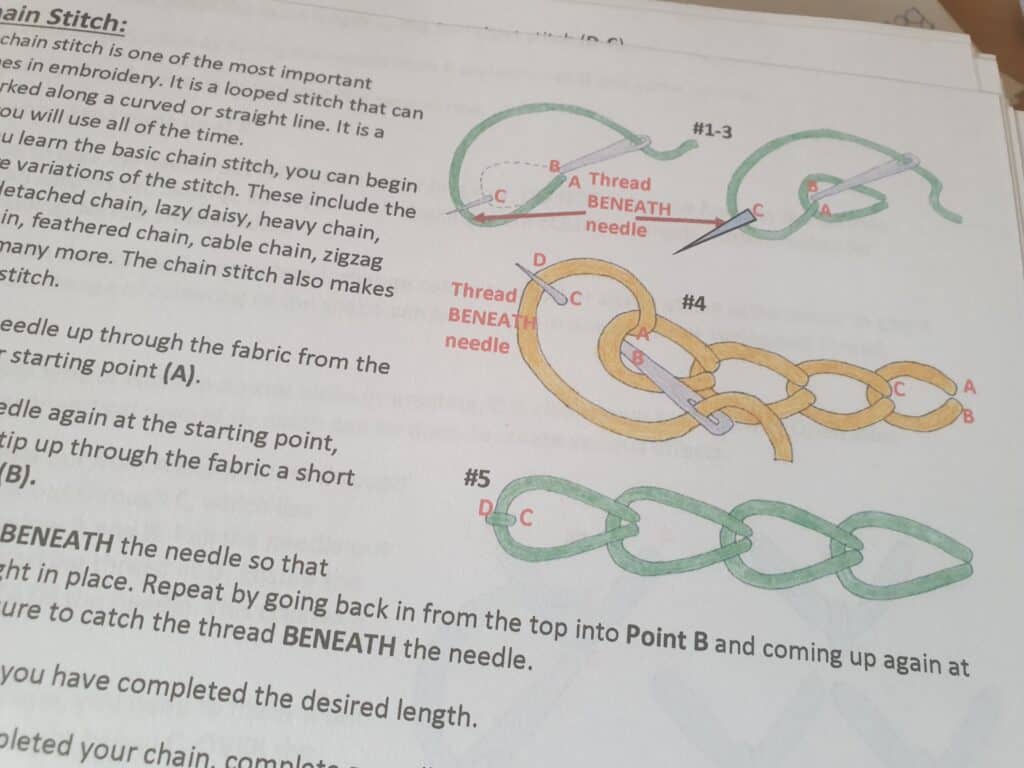
It was still a lot of work – finishing the stitches in both books and writing up each part of the stitch design, the colour I used and the stitch that was used. It was a section of the pattern that evolved as I went along, trying to find a simple and visual way to lay out how each embroidery stitch design was created. Hopefully, with the structure I have devised in the monthly patterns, it has made it that bit easier to follow.
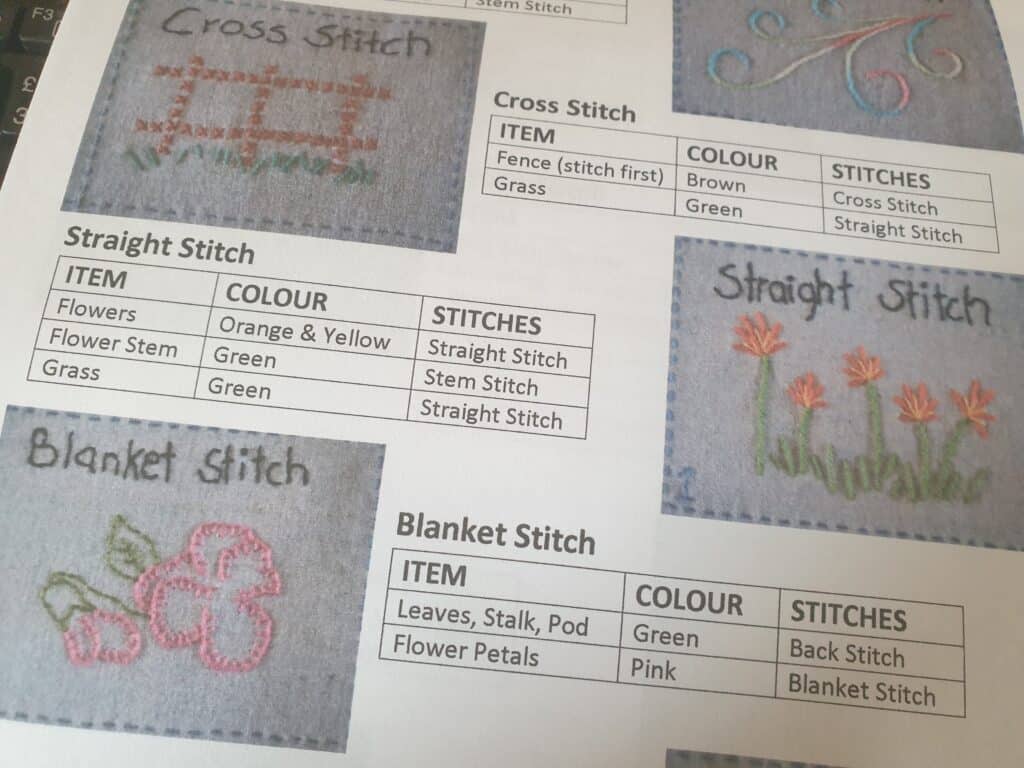
I still had to design the outer covers for both books and each one had to be different as both books used stitches that are learnt in that particular book. They were fun to come up with and the hardest decision was about which design should be on the front, and which on the back. That issue was never decided on, my testers all had different choices – so it was decided that the decision of what you would put on the front cover – The saying design or the title design – would be left up to you to decide! If everything in this sampler book was laid in stone for you to follow and create an exact replica of my book, there would be no fun or individuality on this embroidery journey.
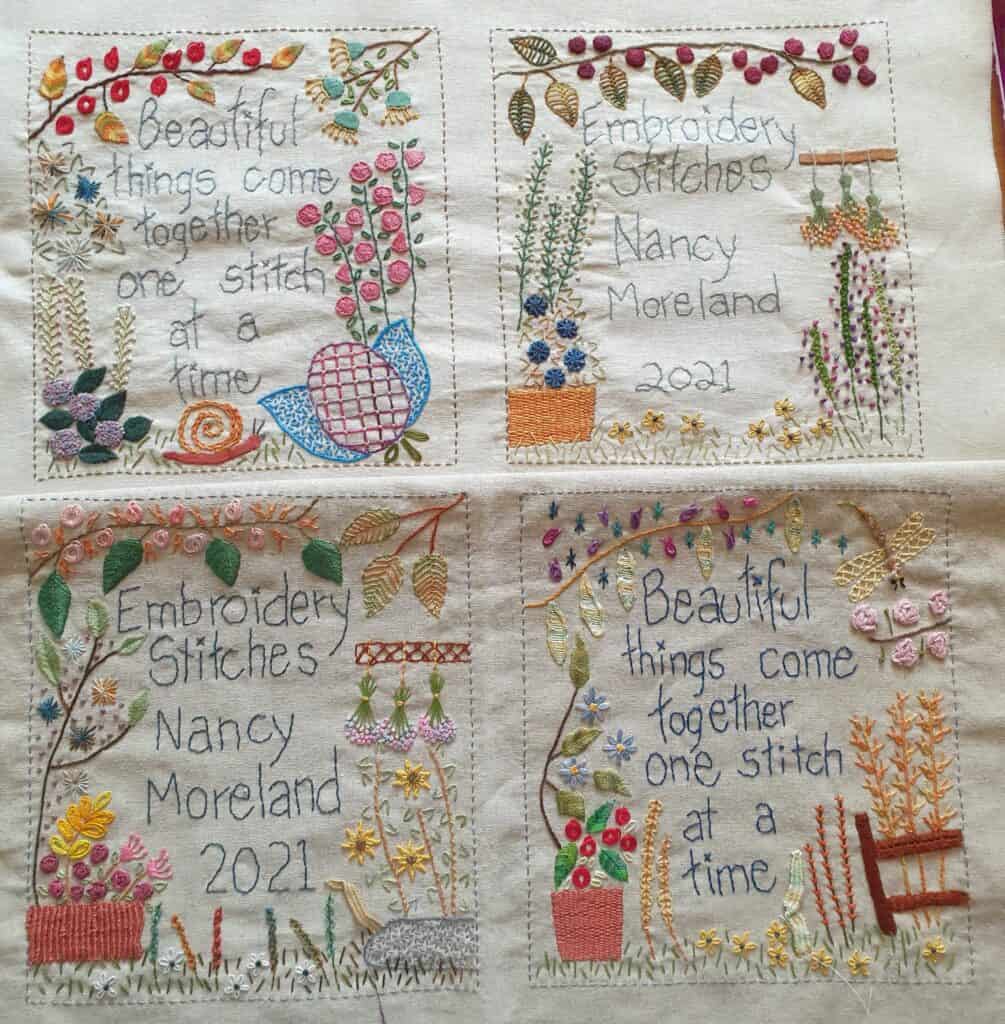
I have found that this embroidery sampler book journey has definitely evolved over the years. At the beginning, I have to admit I was really unsure on how to bring this project to fruition and make it perfect from the launch. Looking back, I am convinced that it needed that break in between …. I needed to grow as well. Sometimes we can have a seed of creation, but just don’t know how to execute it so it is exactly right. I needed the time to ponder over the pattern instructions so they were just right. The break also allowed for the concept to expand, at the start, I was just focusing on releasing the patterns … and had no thought or desire to have fabric kits, etc. So, the break allowed this to evolve and I was able to work on having kits available to purchase to support the sampler book. It has also allowed me to be able to offer the pattern for both left handers and right handers. I am so thankful for this, and fully believe that things happen for a reason and the two-year break was needed so I could bring this embroidery journey to fruition in the best possible way.
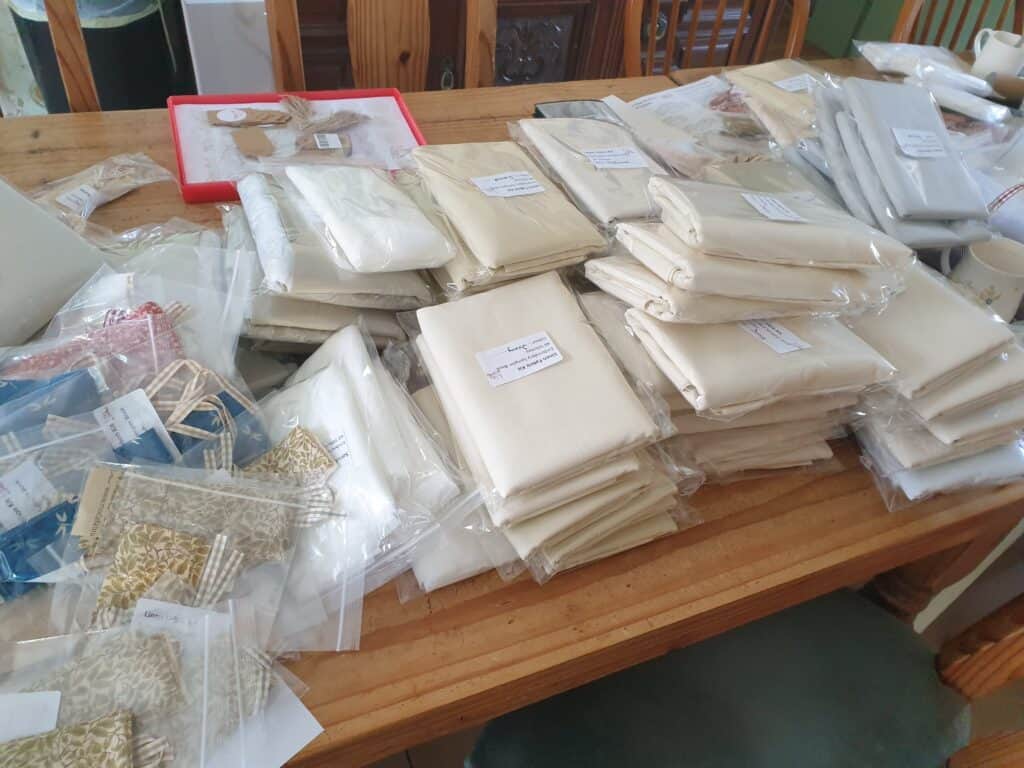
So, how does this Embroidery Sampler Book monthly subscription work?
Each month a pattern will be released which will give you clear and simple instructions on how to create your chosen book. These can be saved in a folder for future reference. The first month will include cutting instructions for your ‘pages’ and how to ‘rule up’ each individual page to get the pages ready to start stitching the embroidery stitches in the following months.
Over the following months, you will receive 12 embroidery stitches to stitch into your book.
In the final month, you will receive the pattern, templates and instructions for the cover (front & back) of your book. These designs will incorporate all/most of the stitches you have stitches over the previous months. You will also receive detailed instructions on how to put your book together. The 36st sampler book is over 5 months and the 60st sampler book is over 7 months. There is NO pressure to complete each monthly pattern before the next pattern is released. This is your journey and you work along at your own pace. Alongside the patterns, I have started a Facebook group that is solely for the embroidery sampler book and it is a place where we can share our progress photos, ask for support and I can give extra advice for each monthly pattern and videos (if needed) on the embroidery stitch. https://www.facebook.com/groups/1981259928809348
This book will become a treasured heirloom, something to treasure for years to come. You will also learn some new and interesting embroidery stitches that you can incorporate in future projects.
So, are you wanting to join the embroidery journey? The first monthly pattern is available on our website, along with any kits that you may need/want to help with your journey in creating your very own Embroidery Sampler Book. I look forward to being part of your journey in learning new (& old) embroidery stitches
